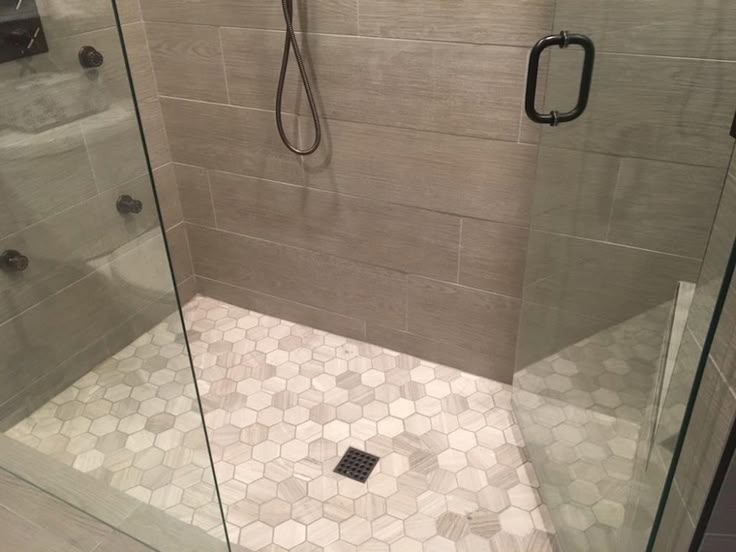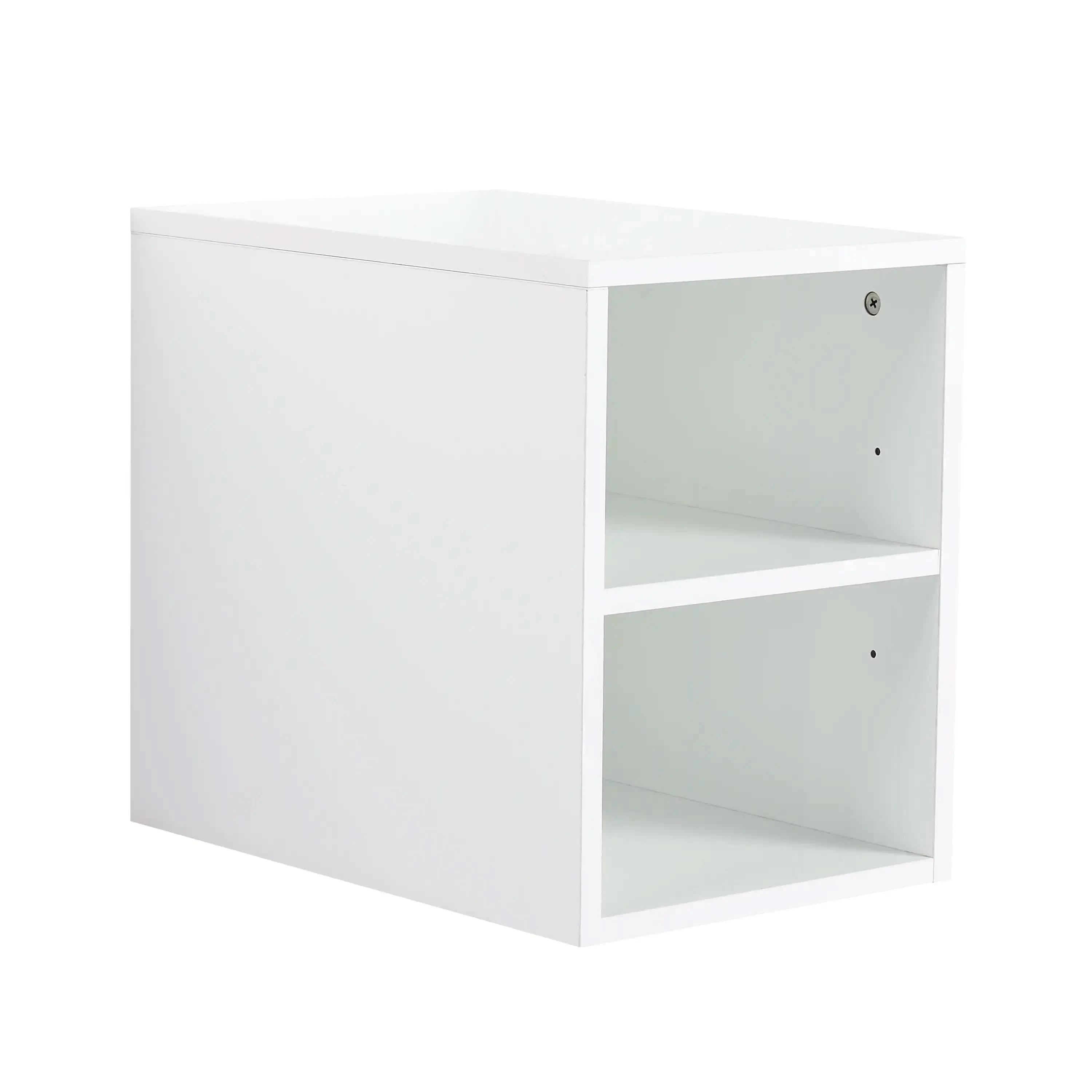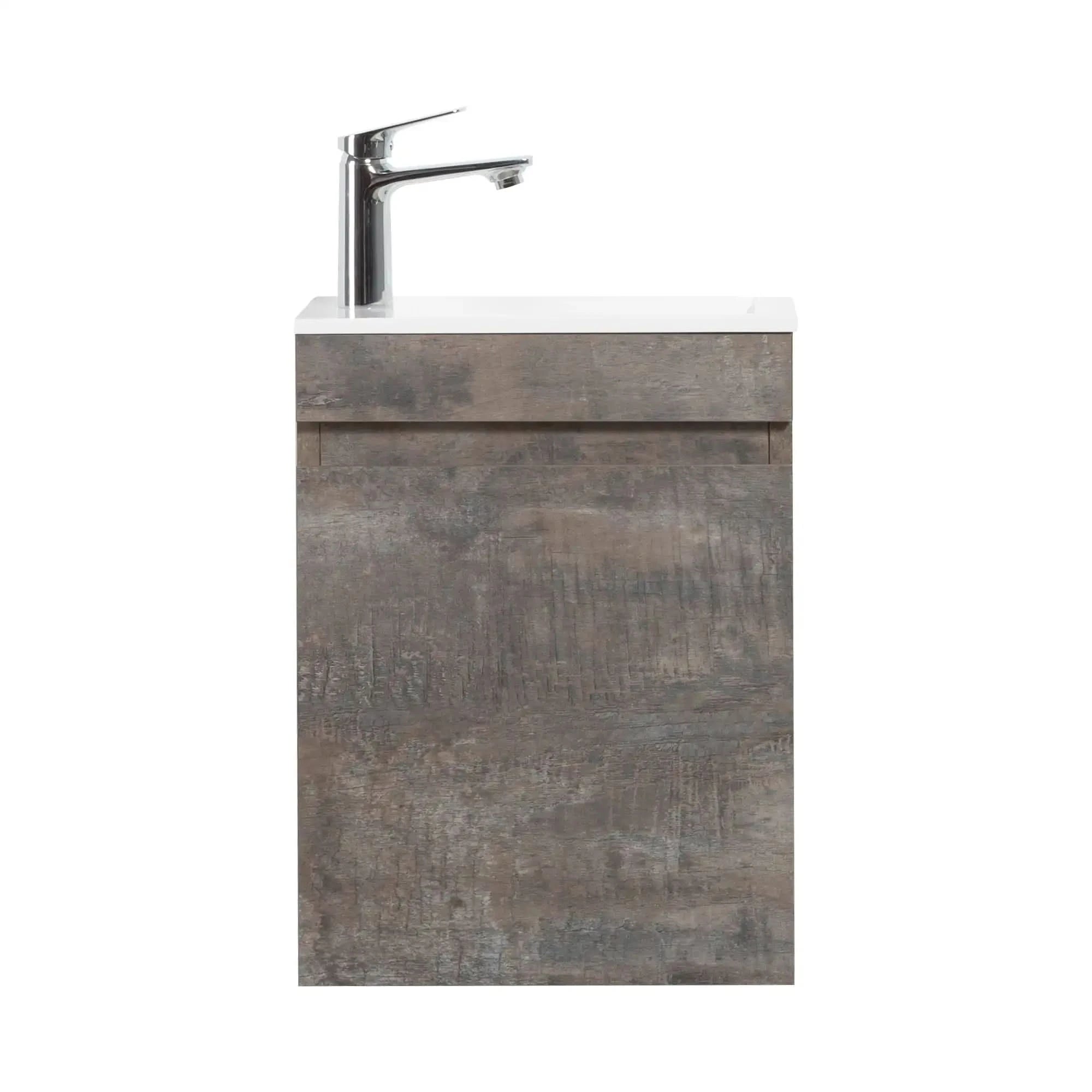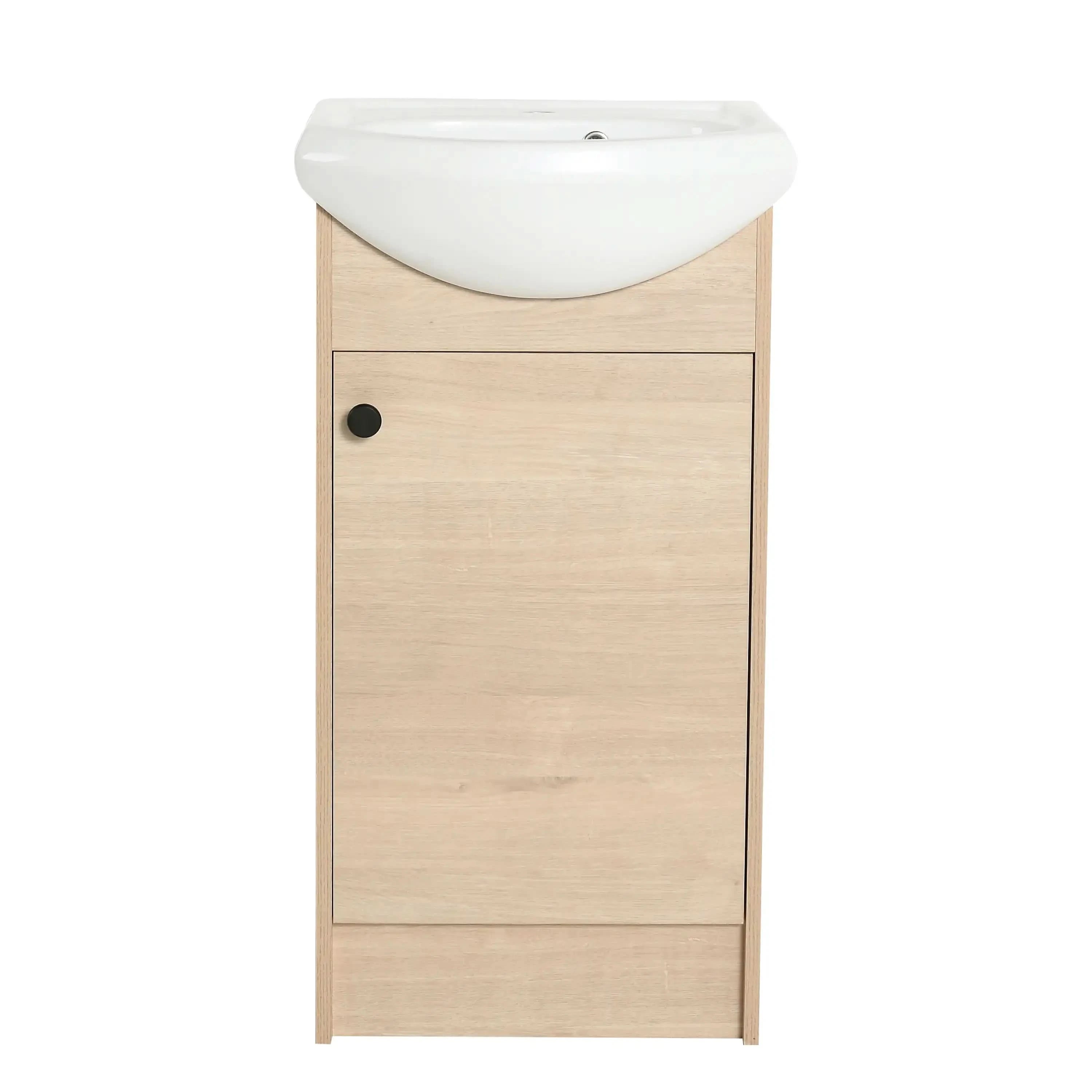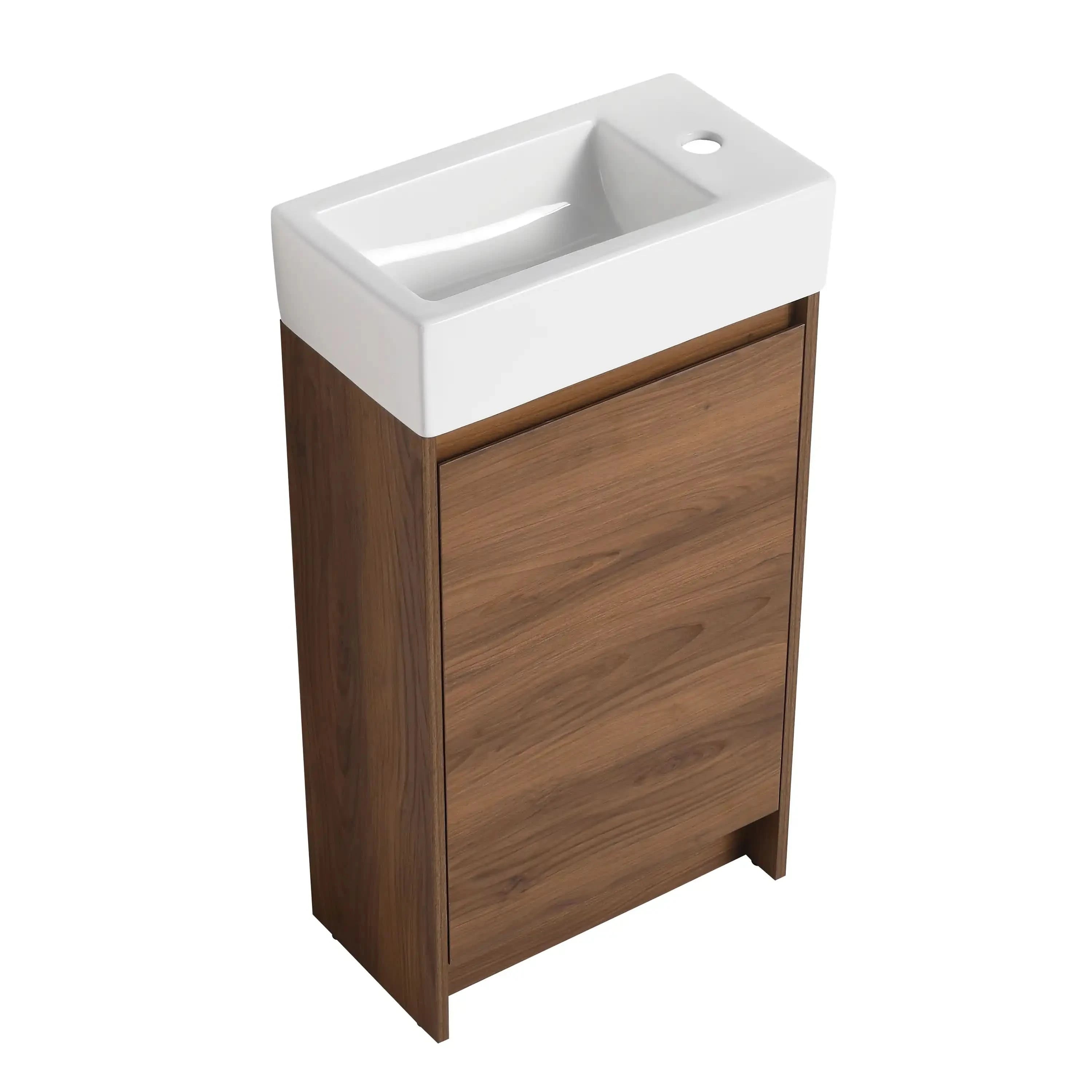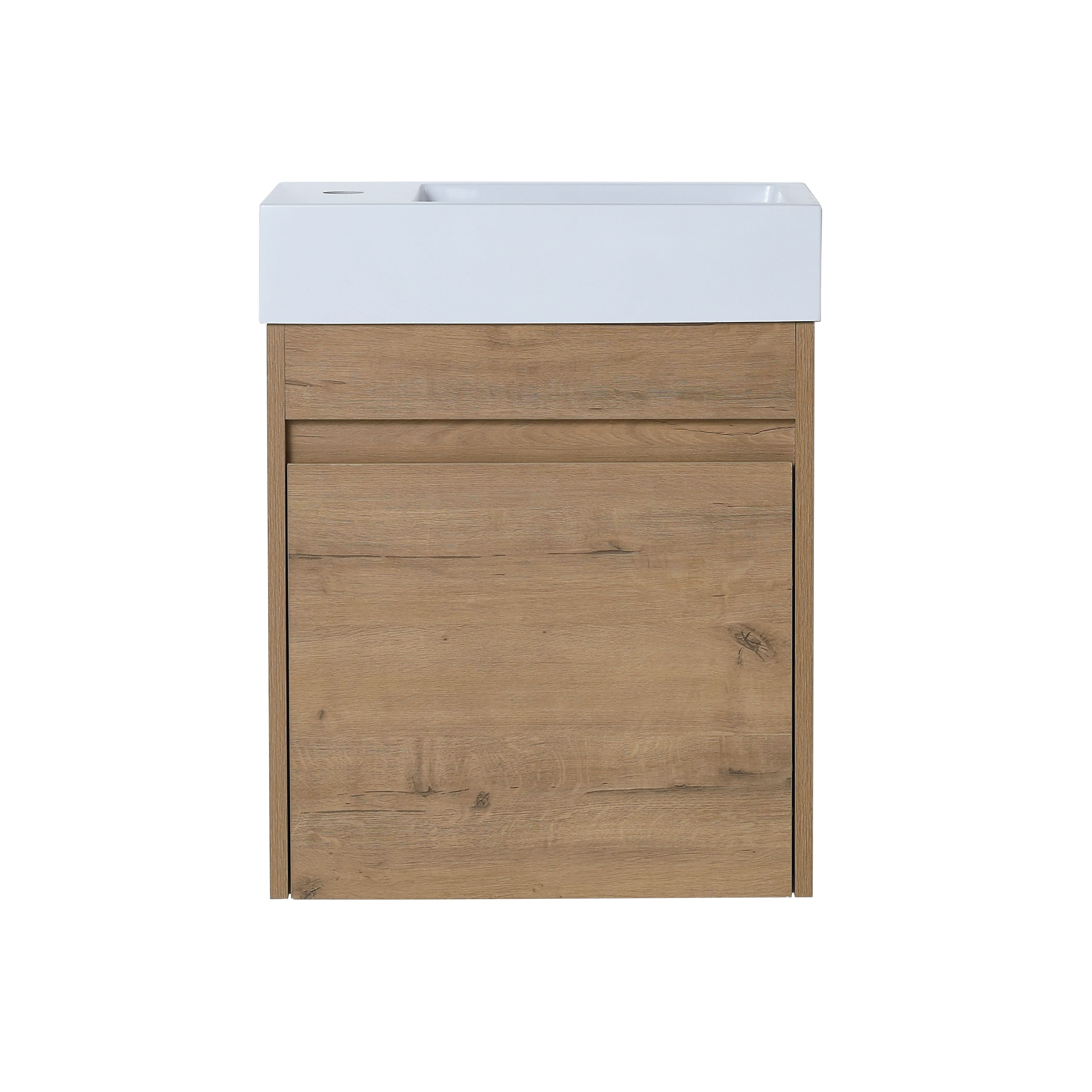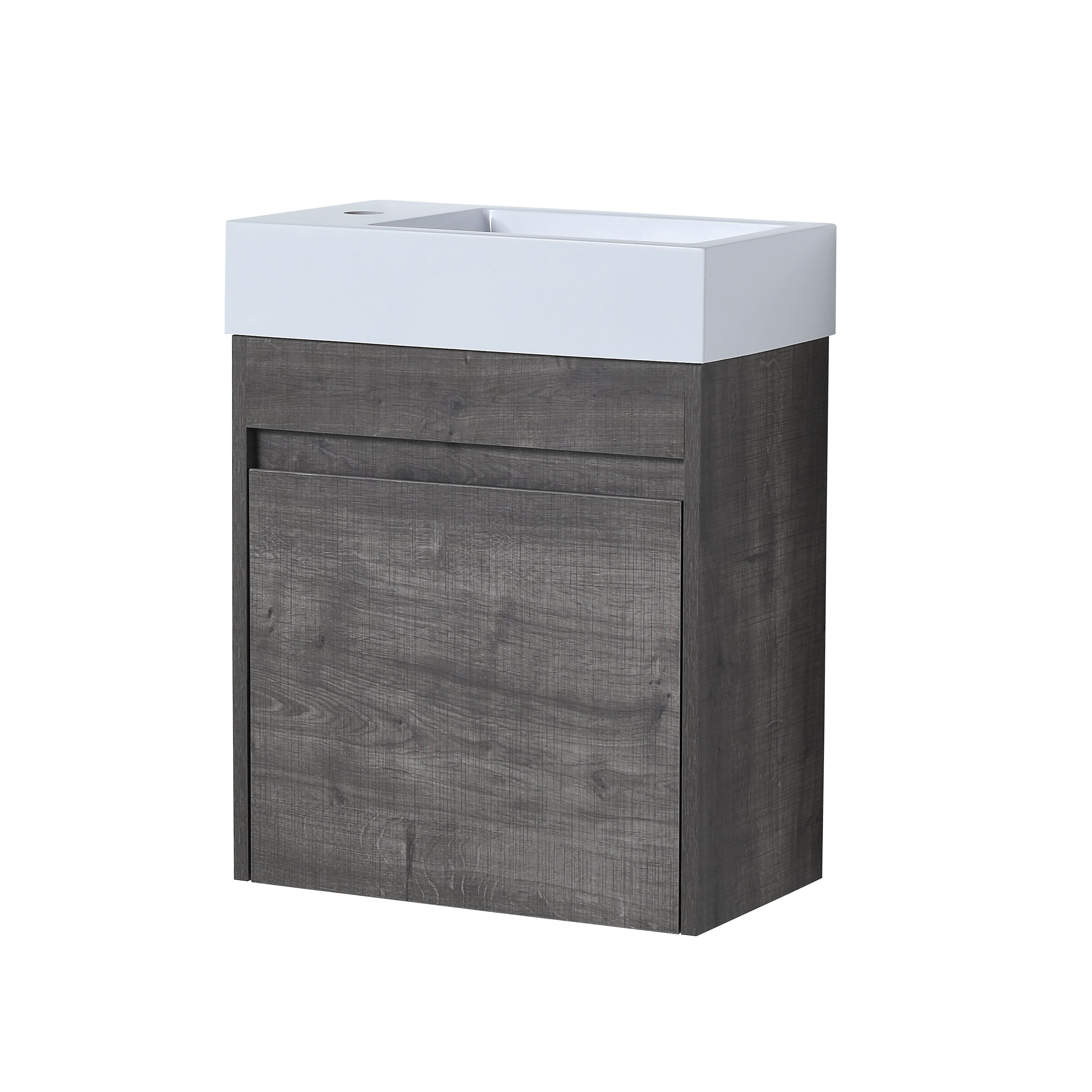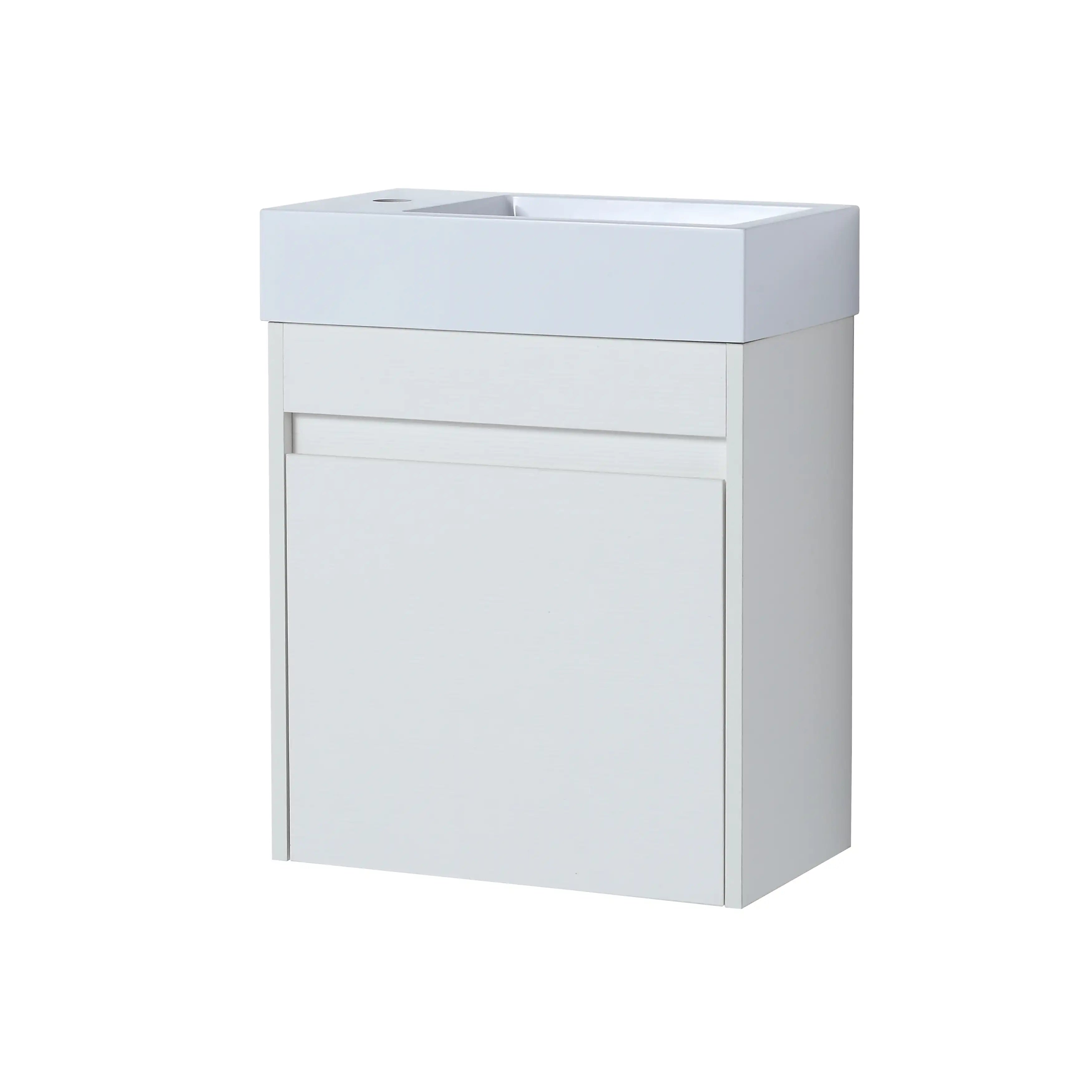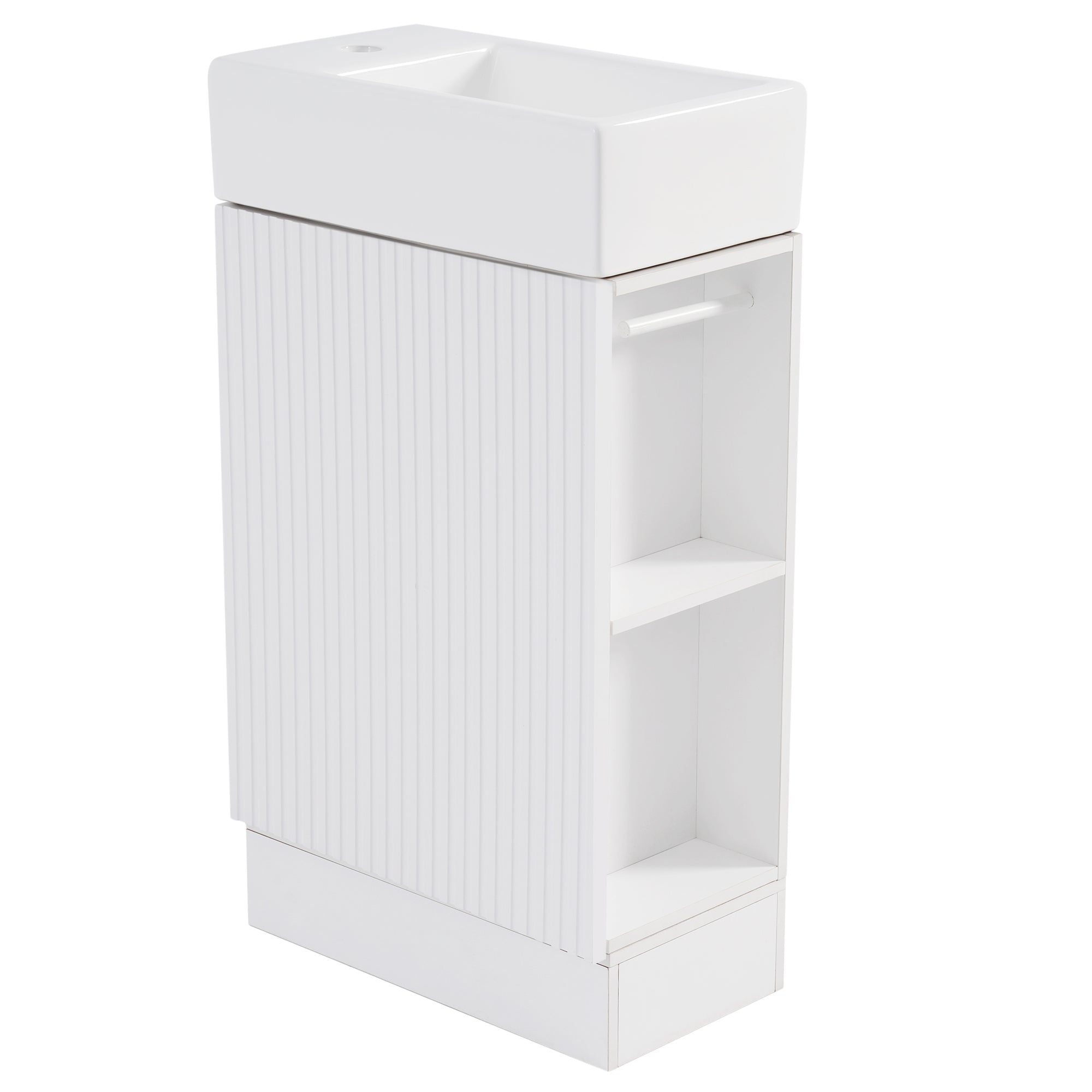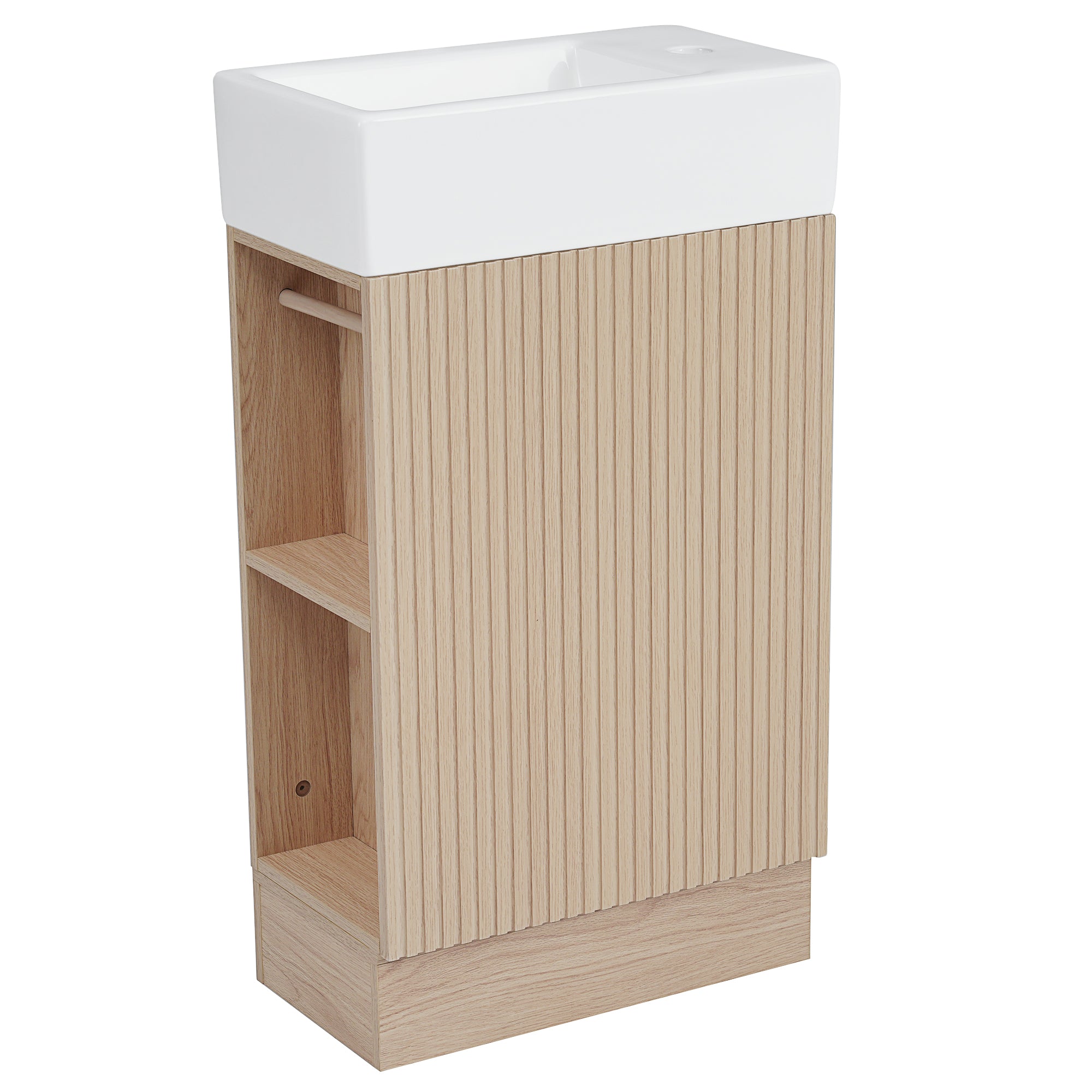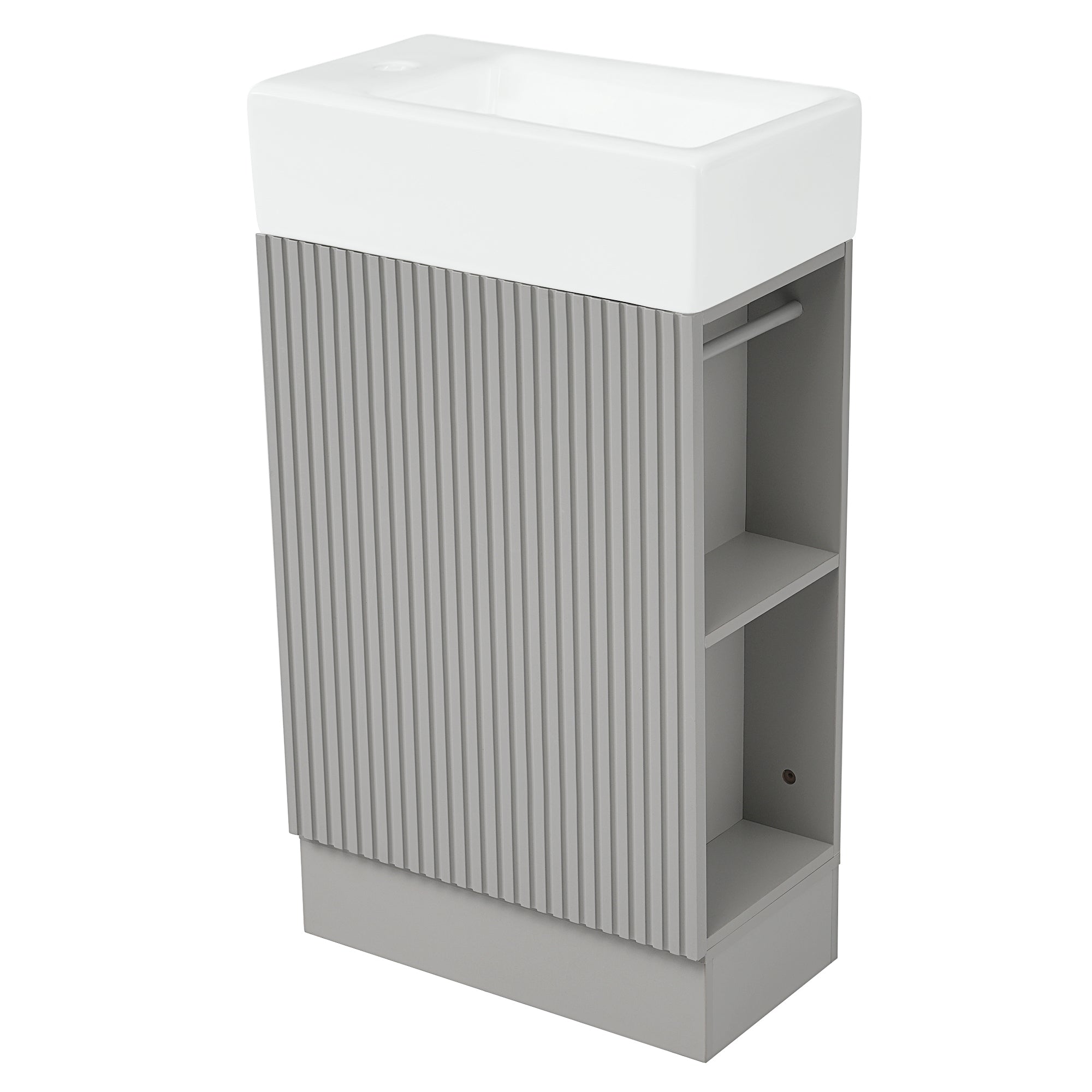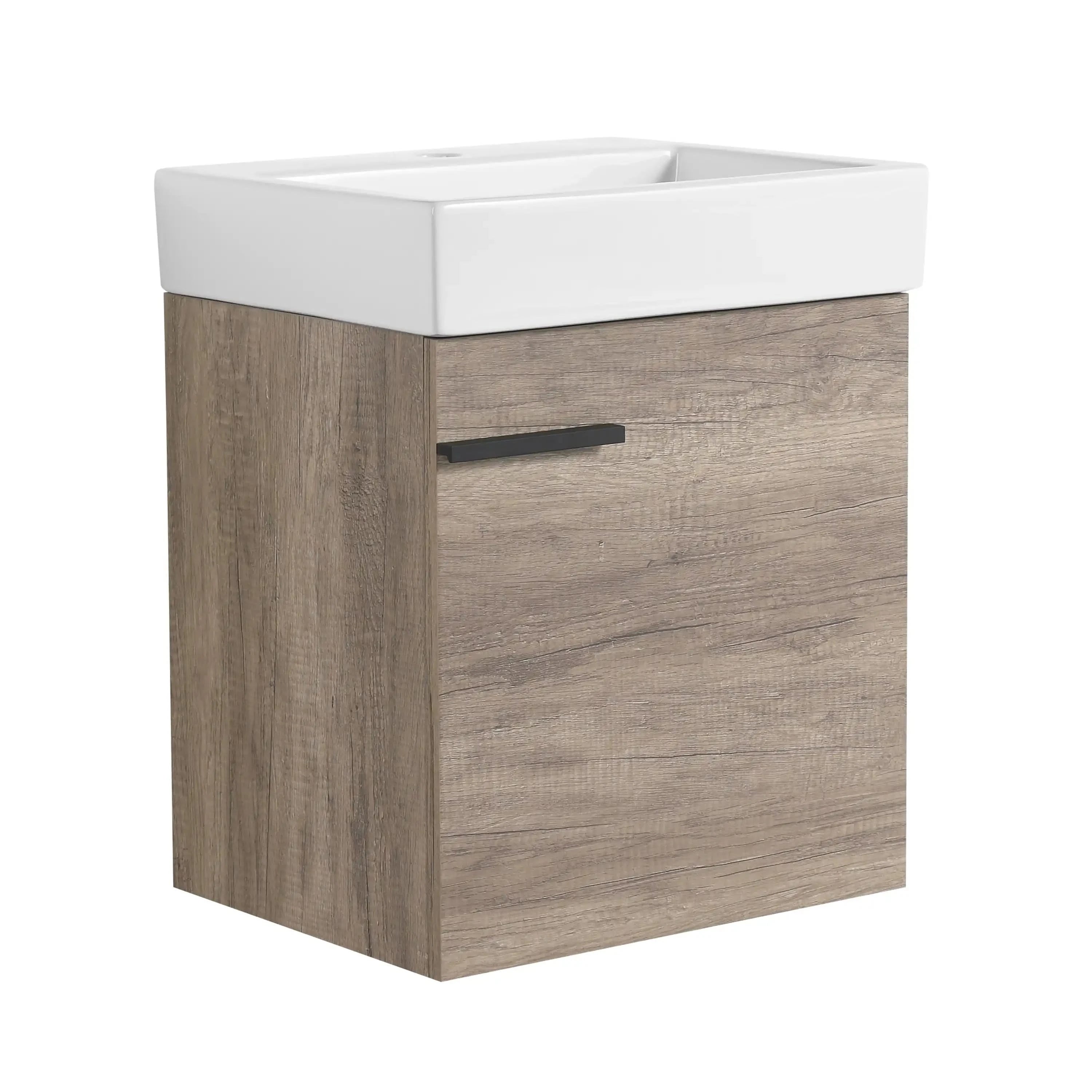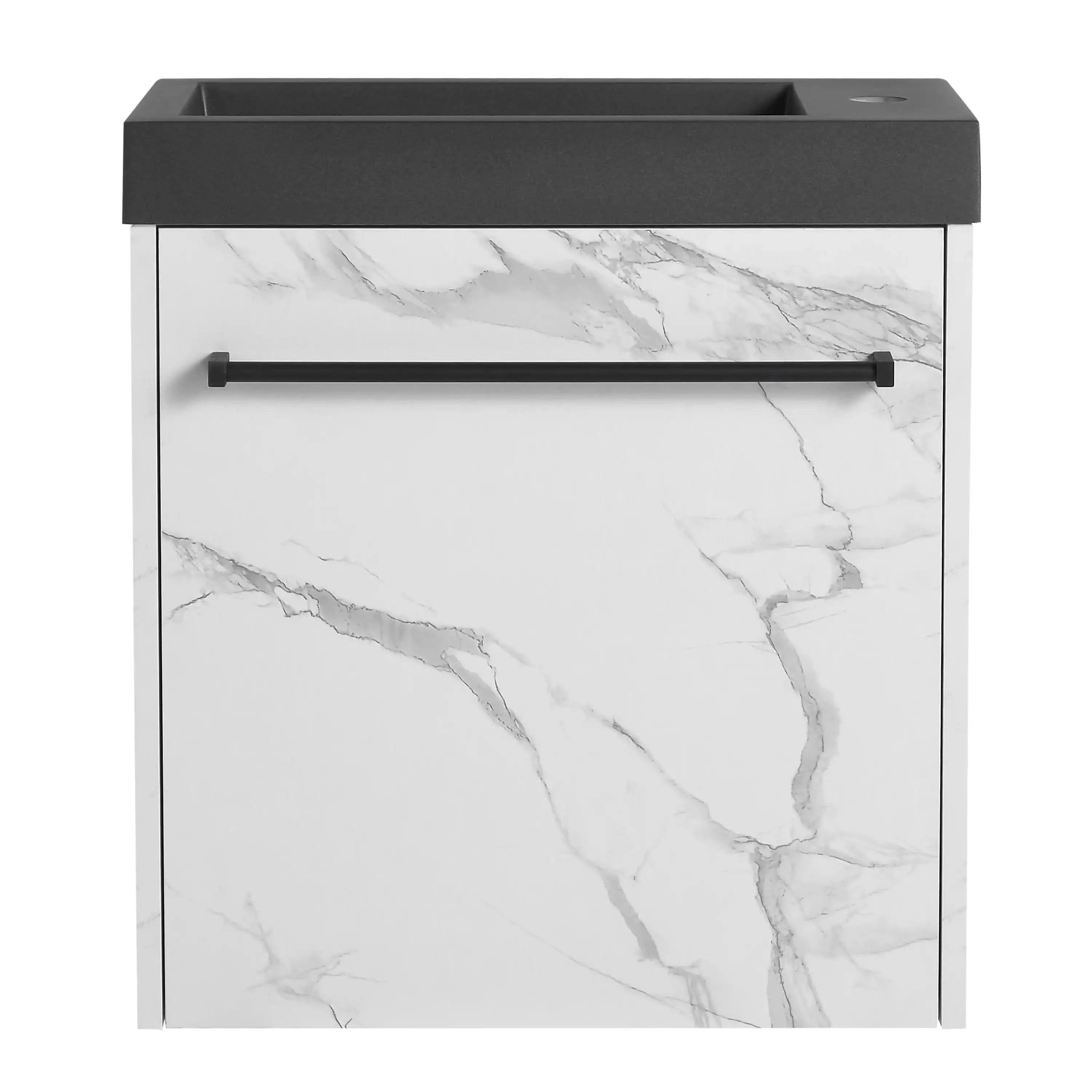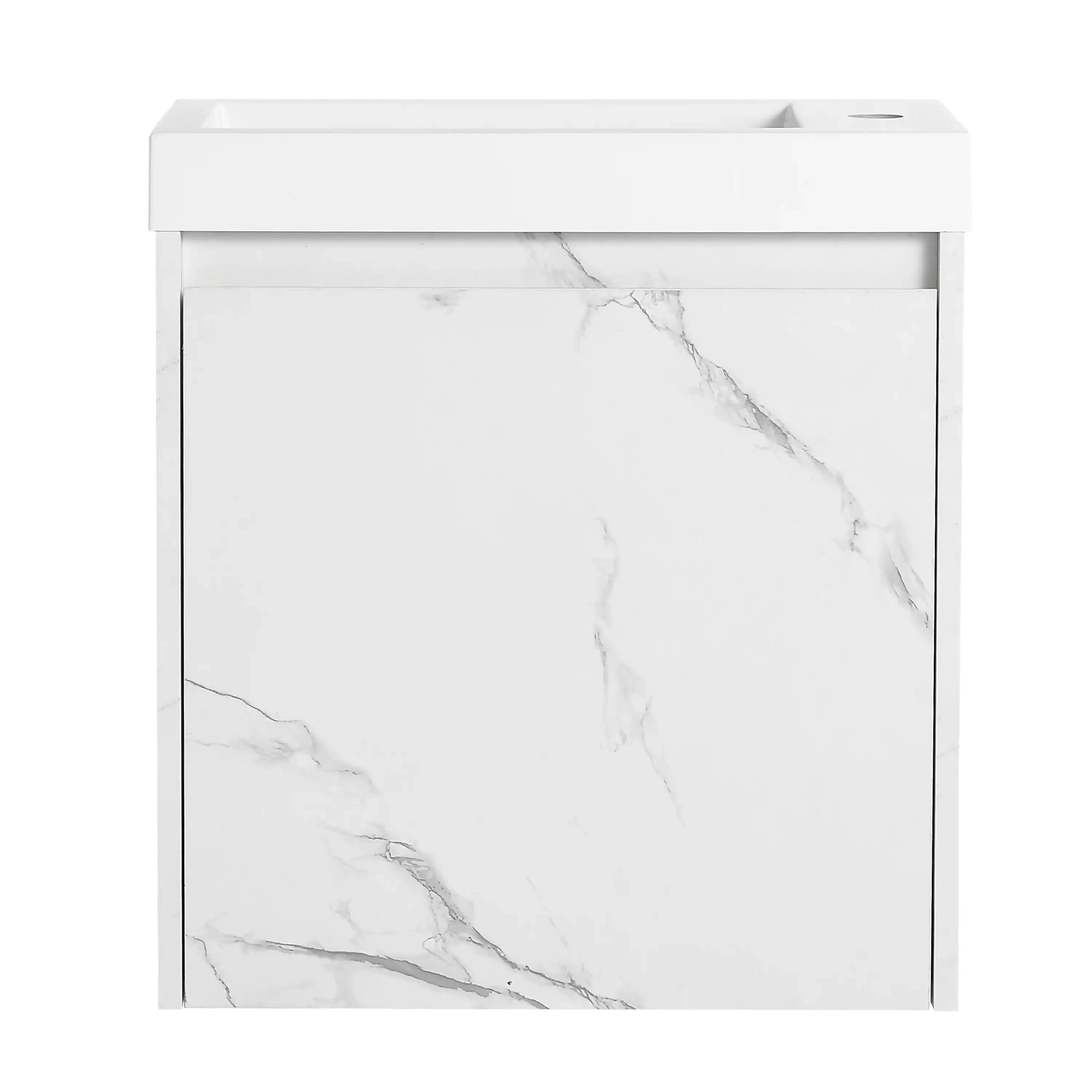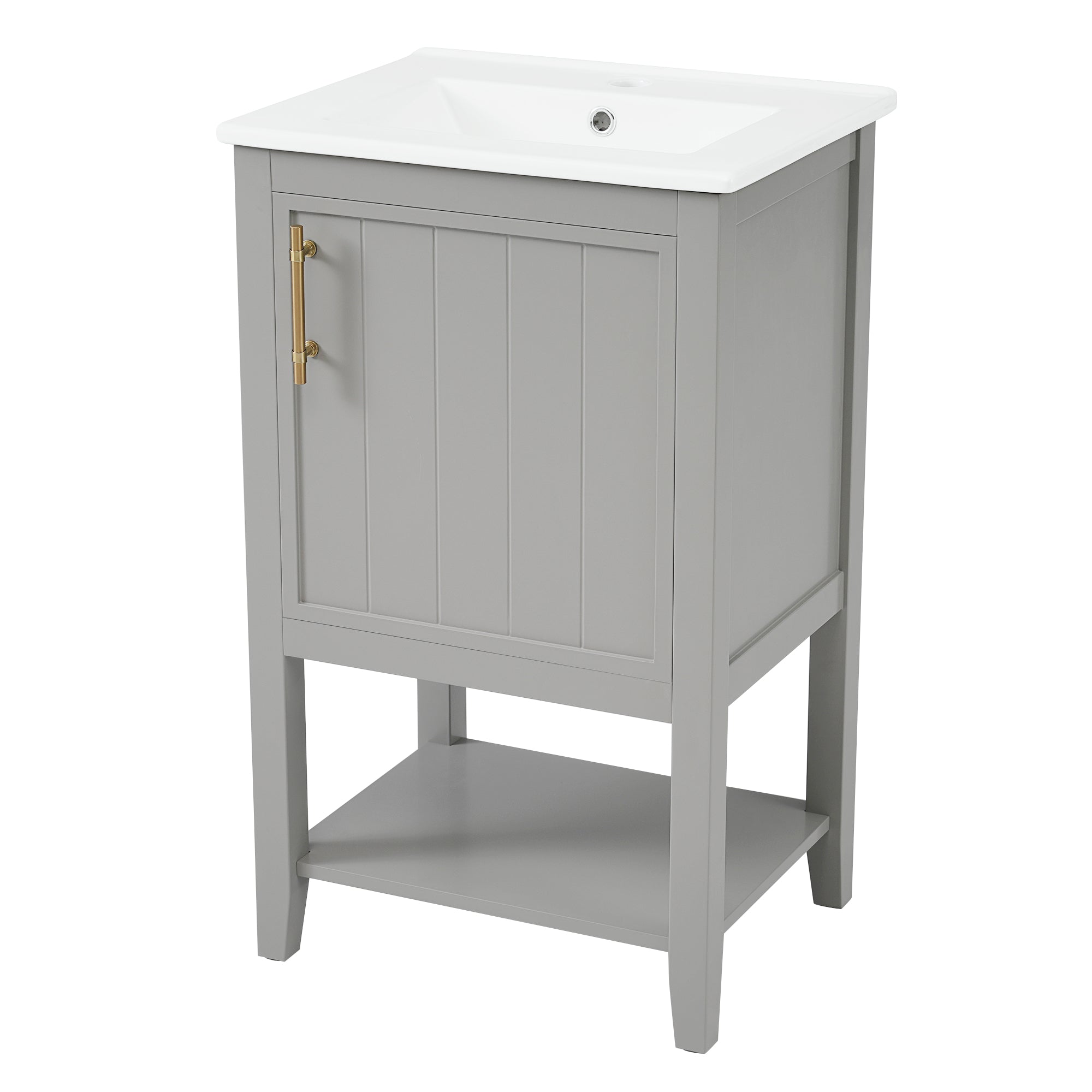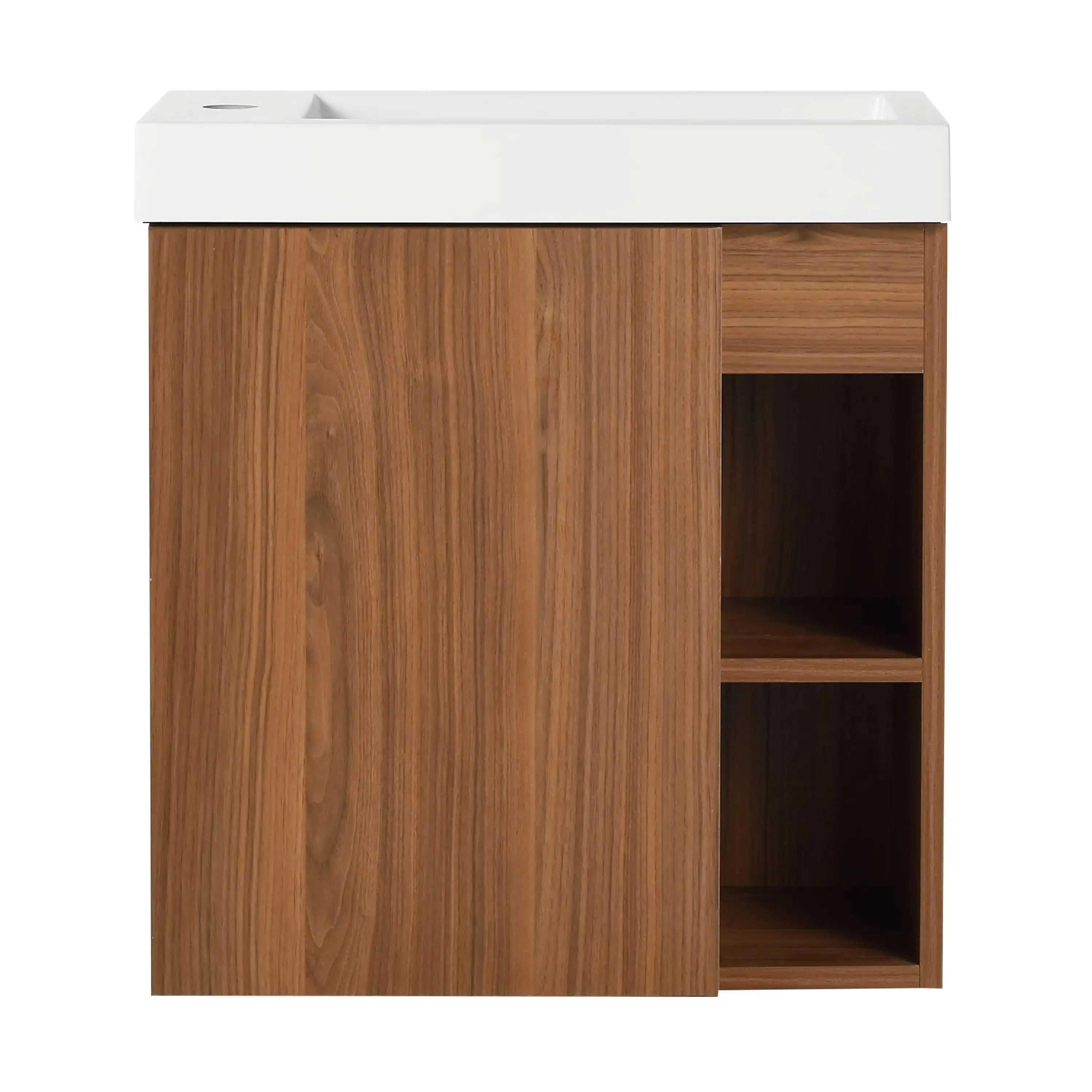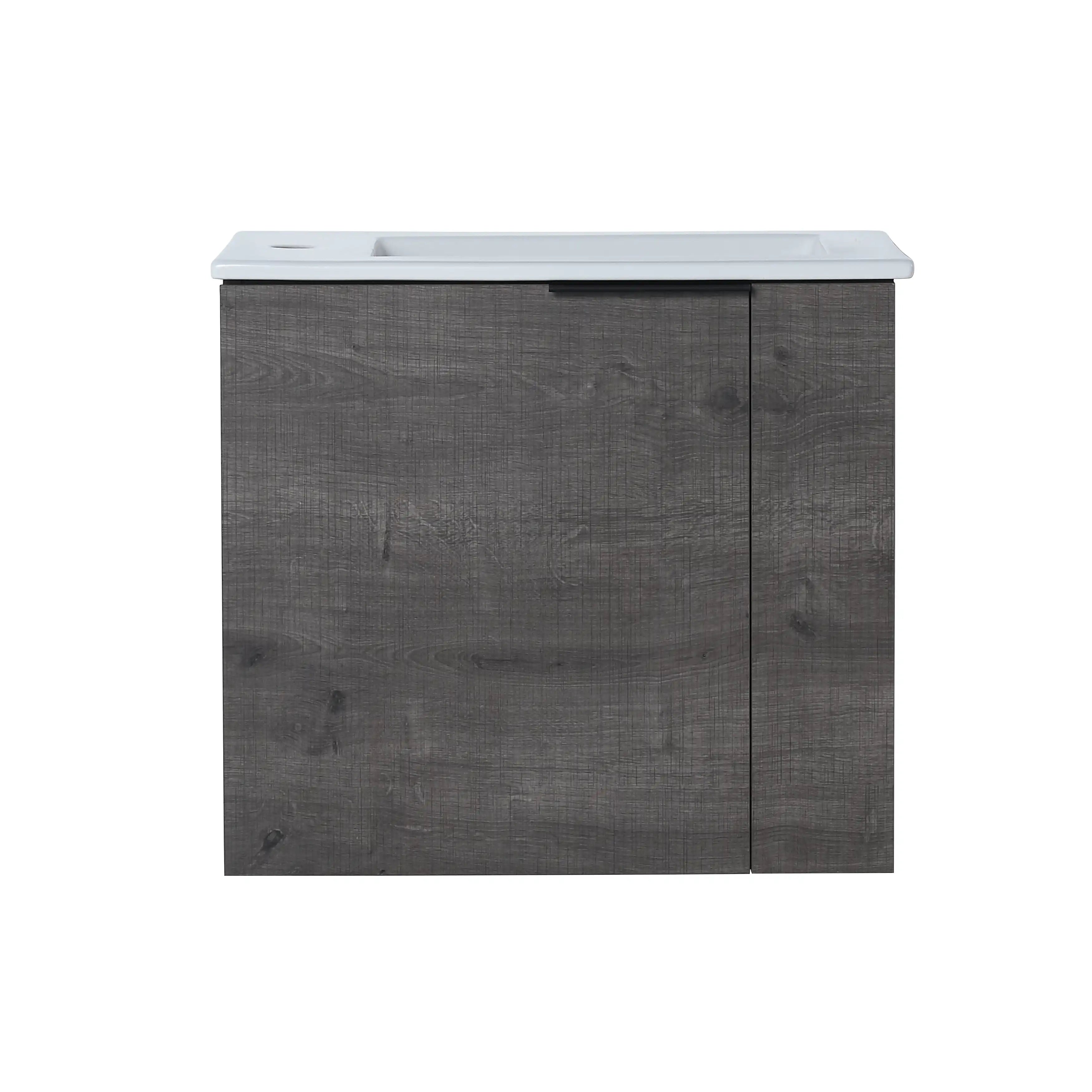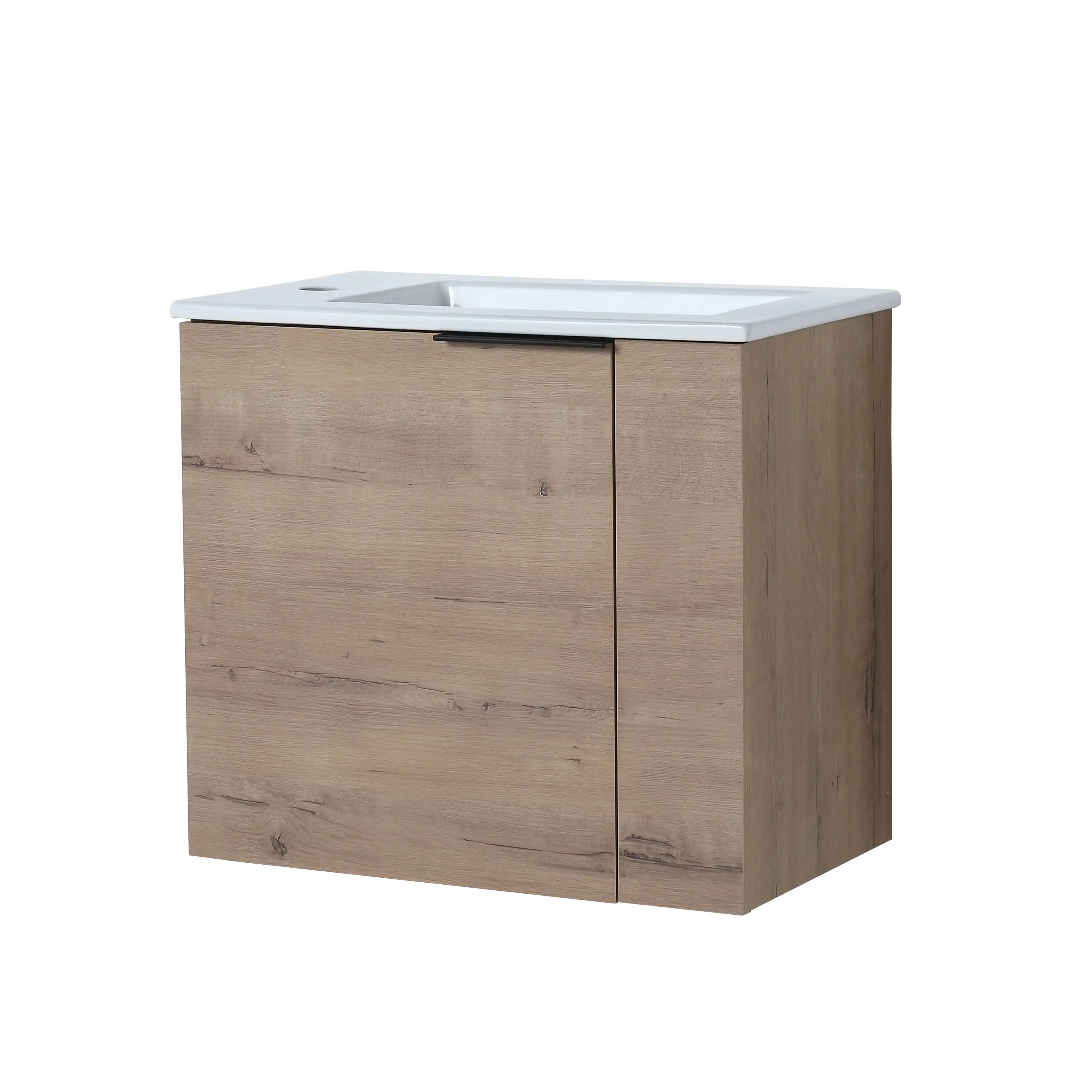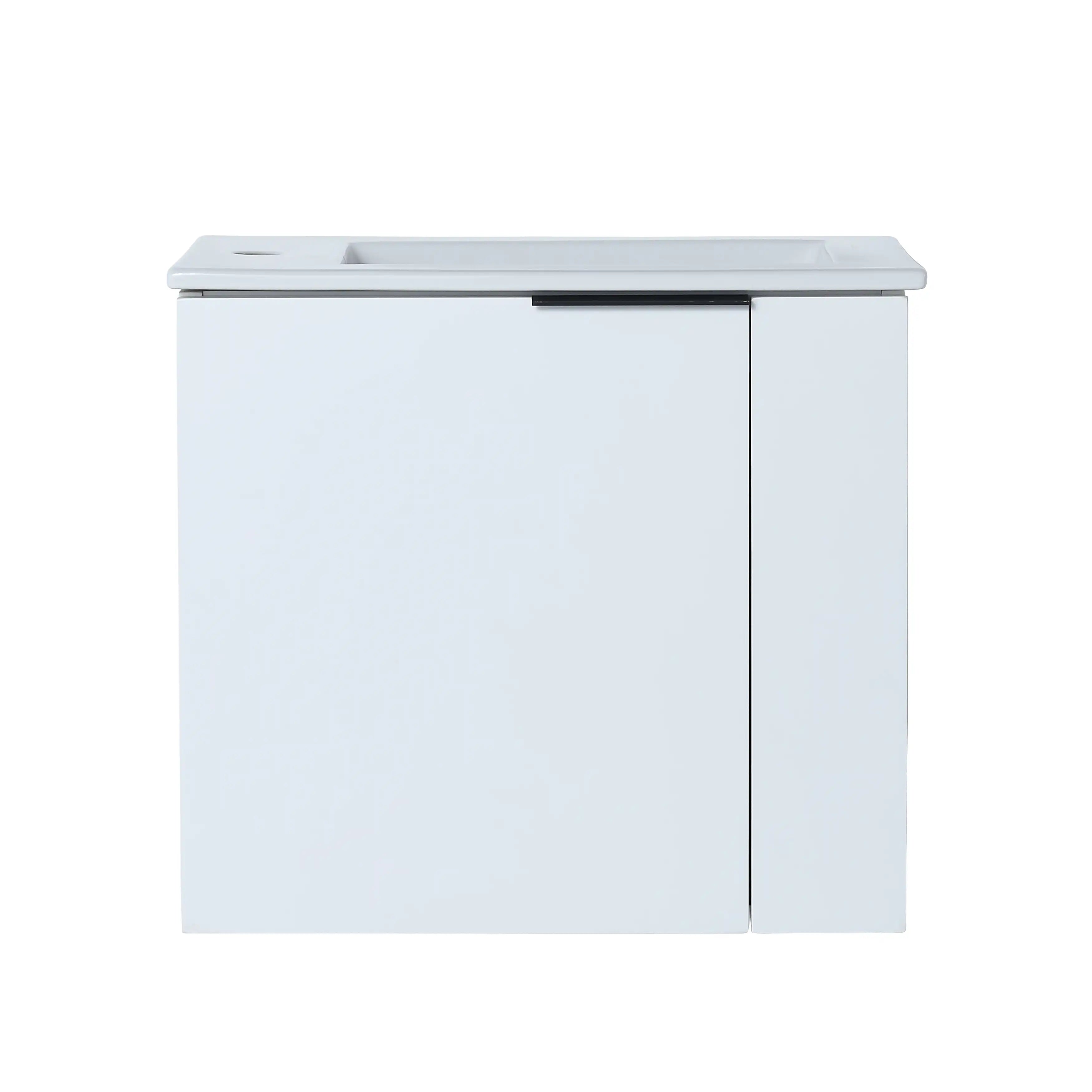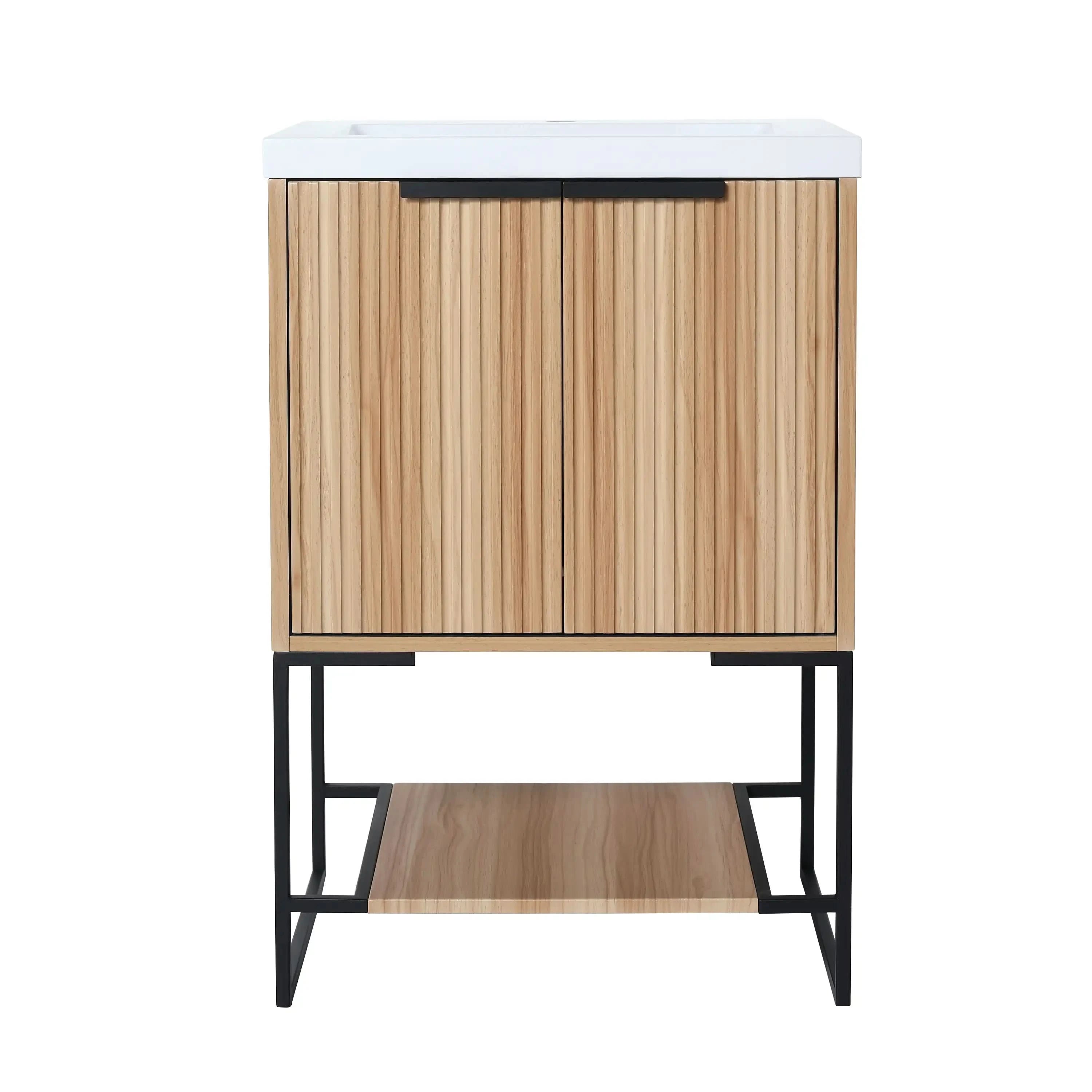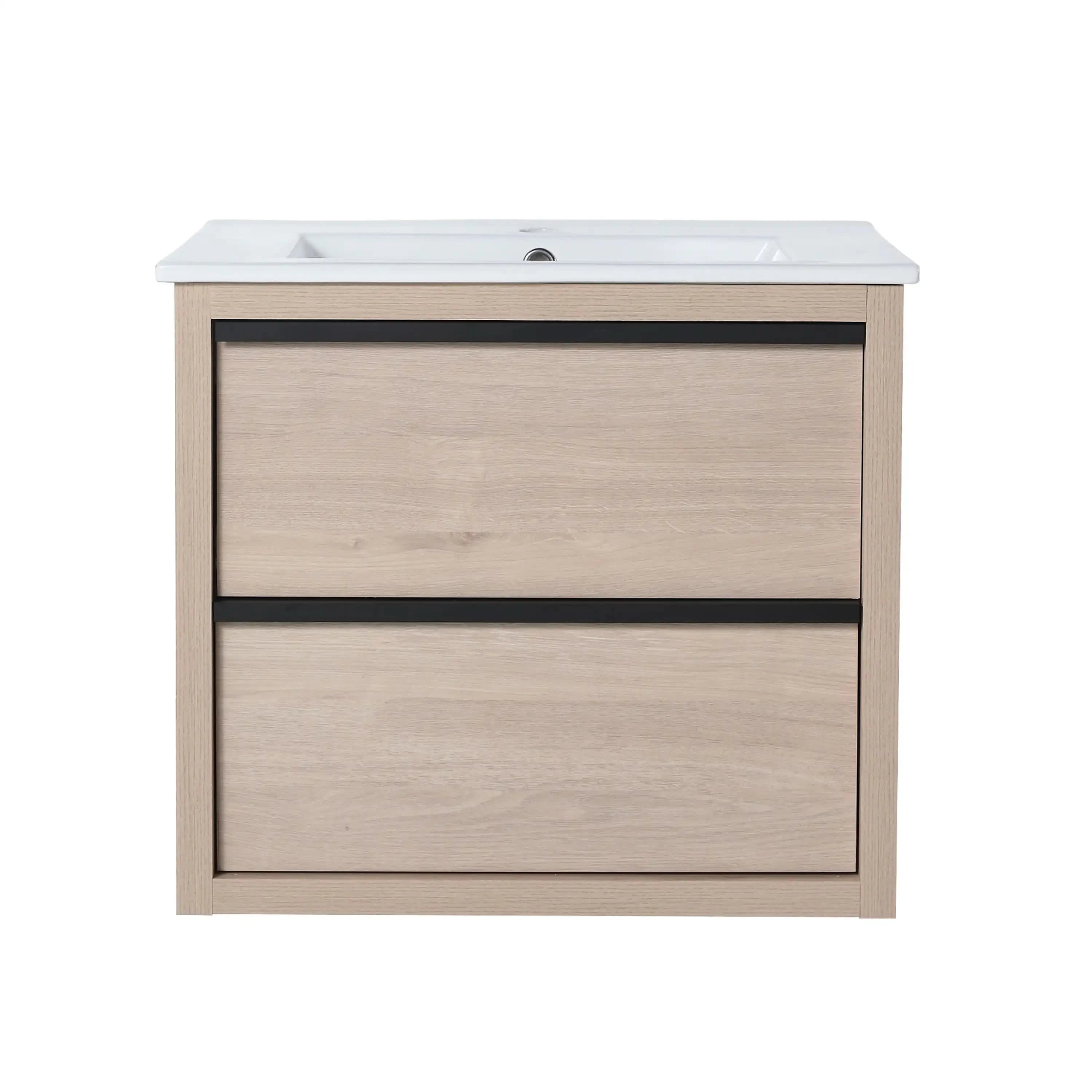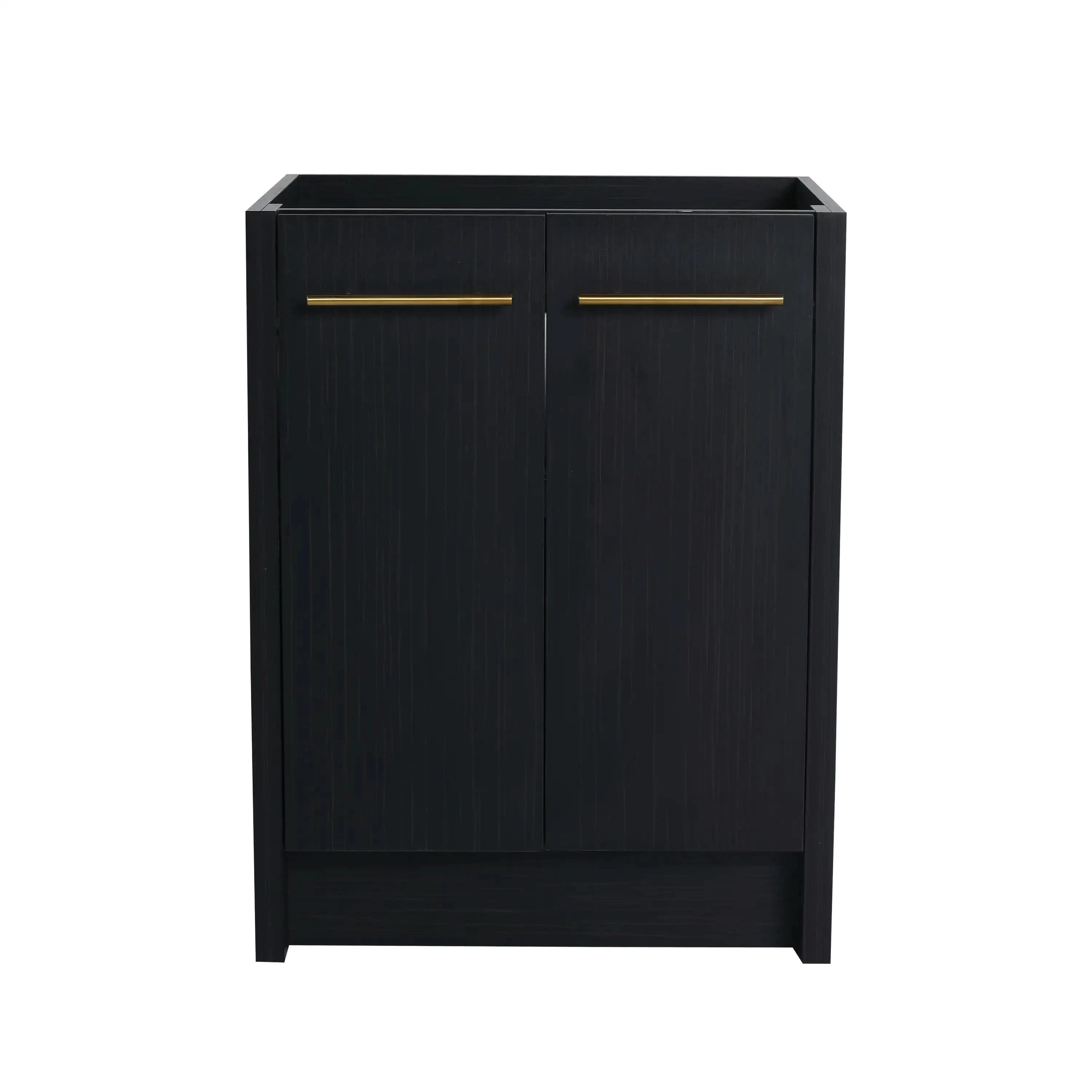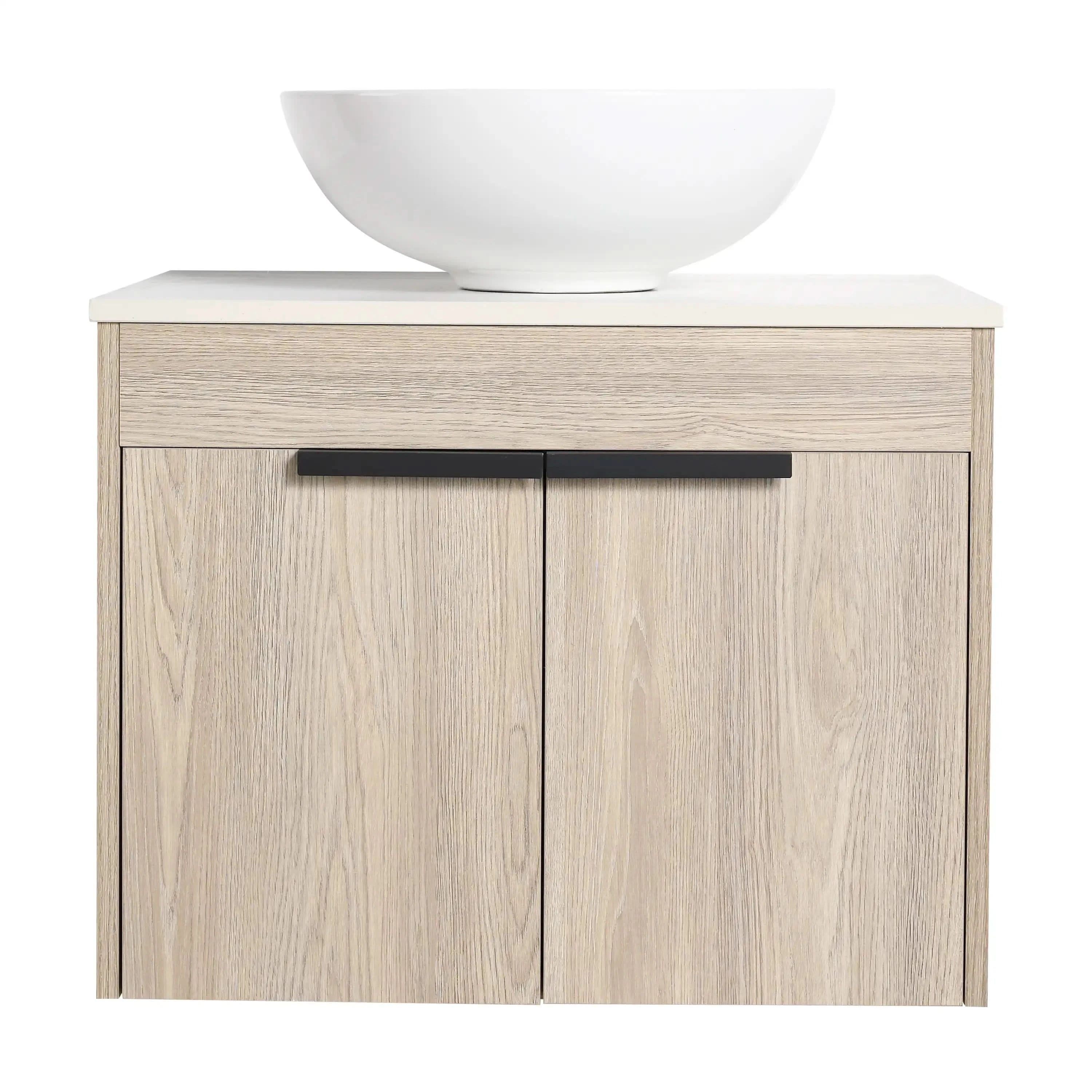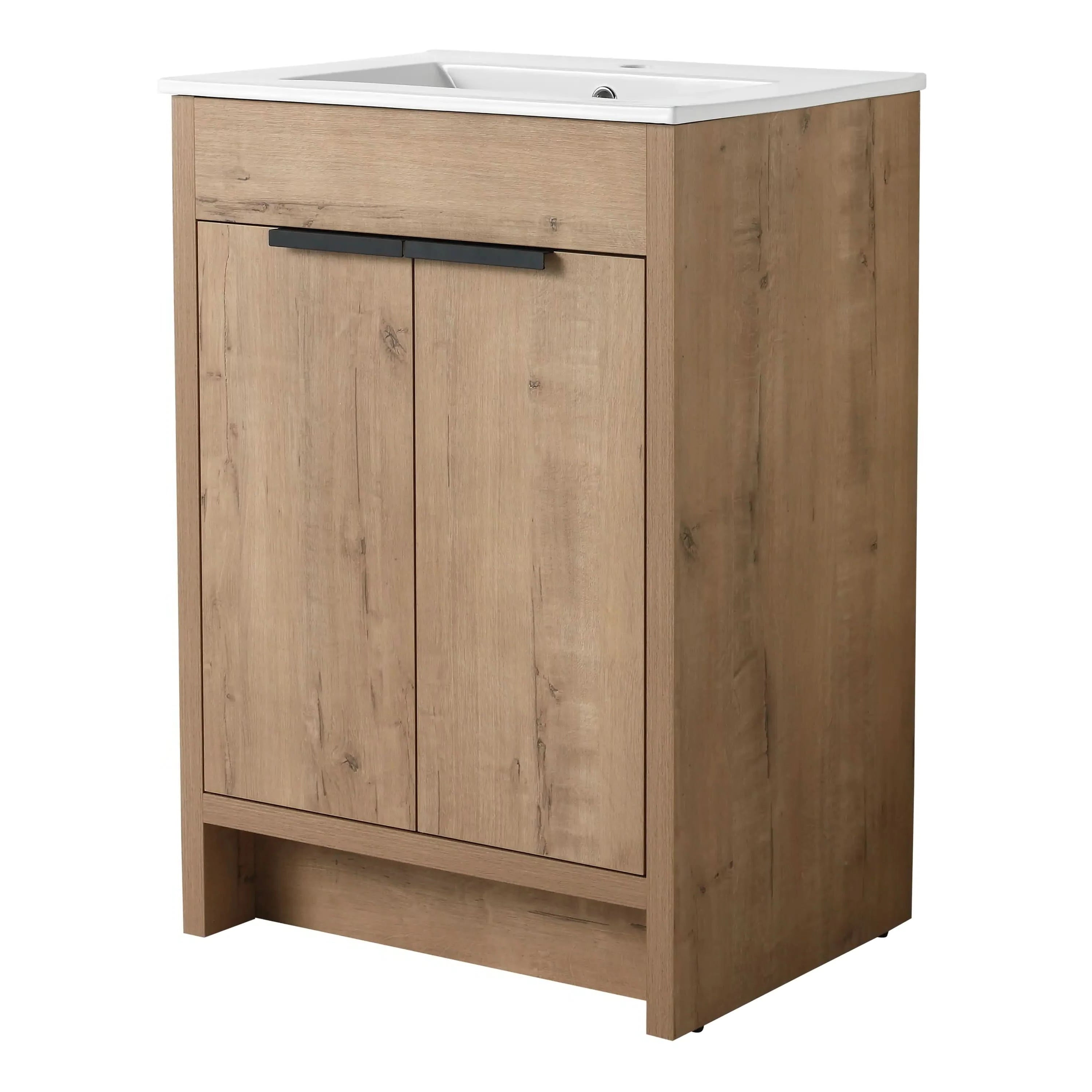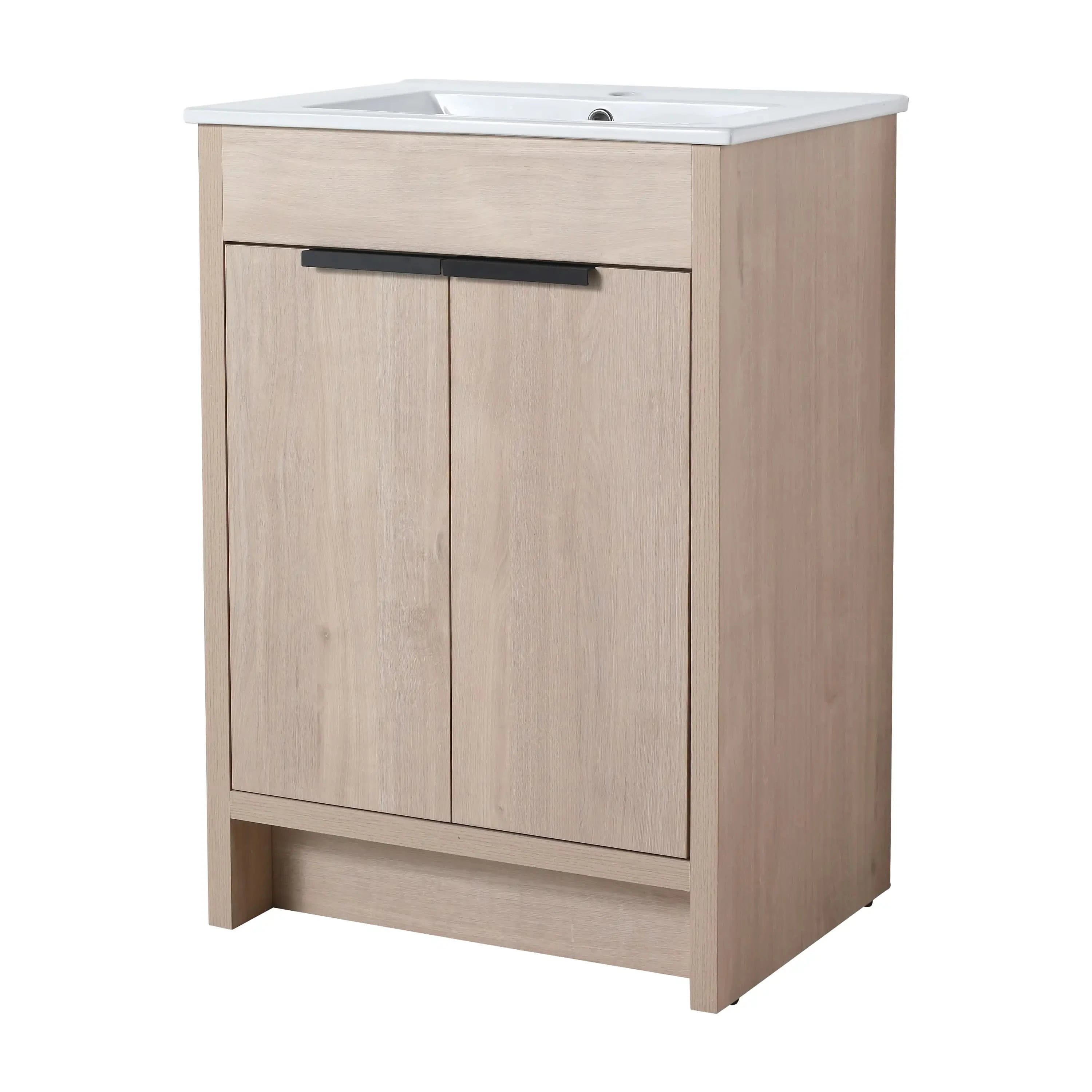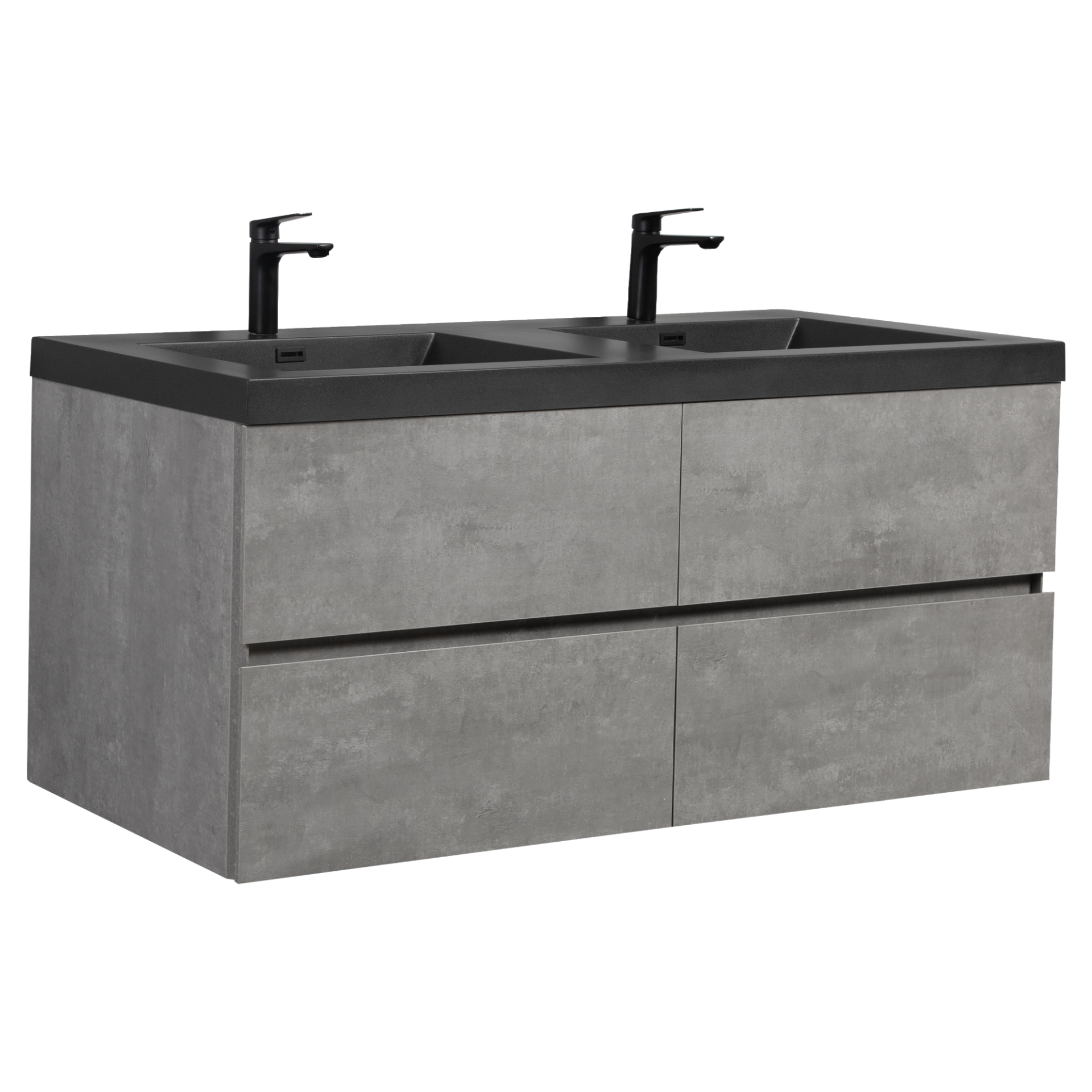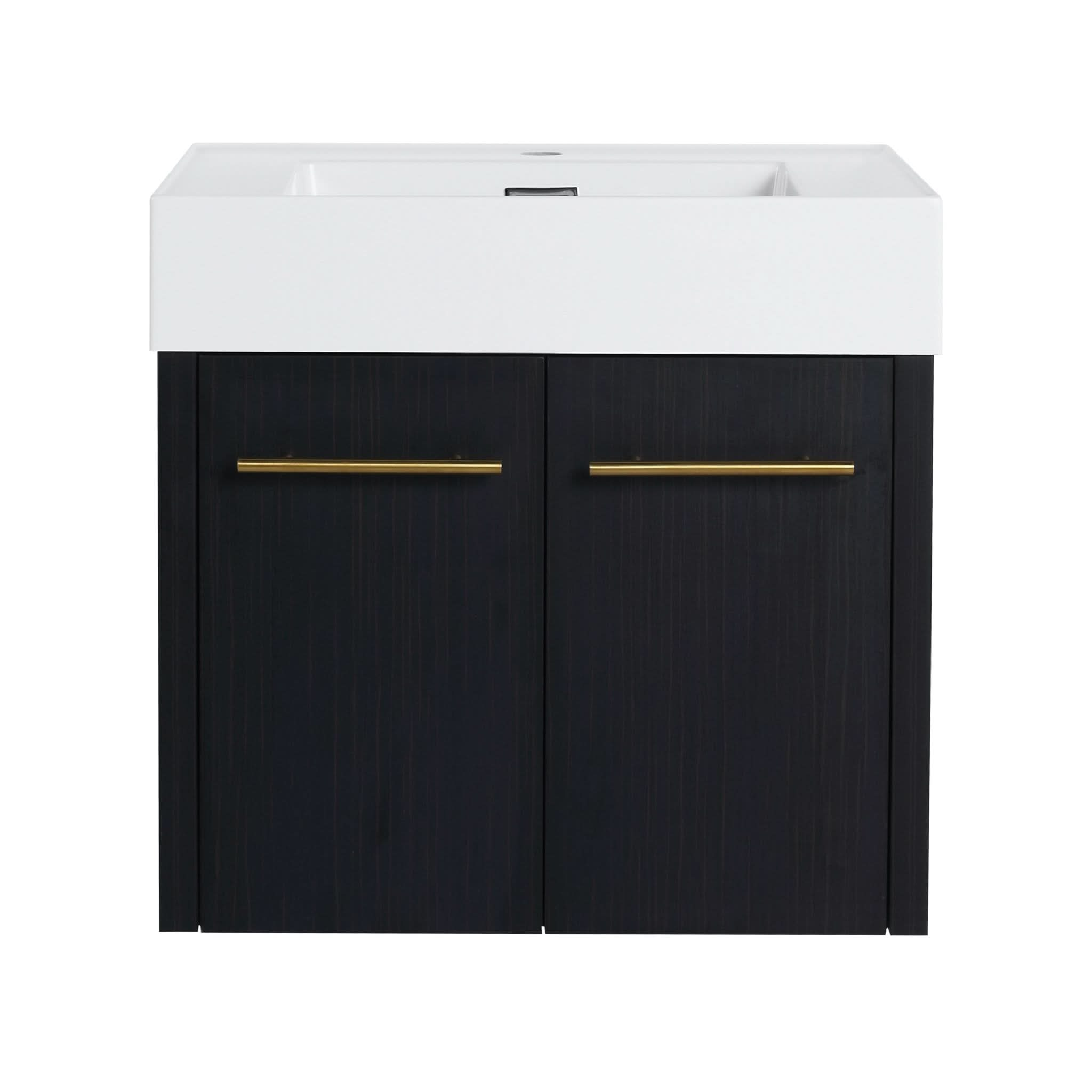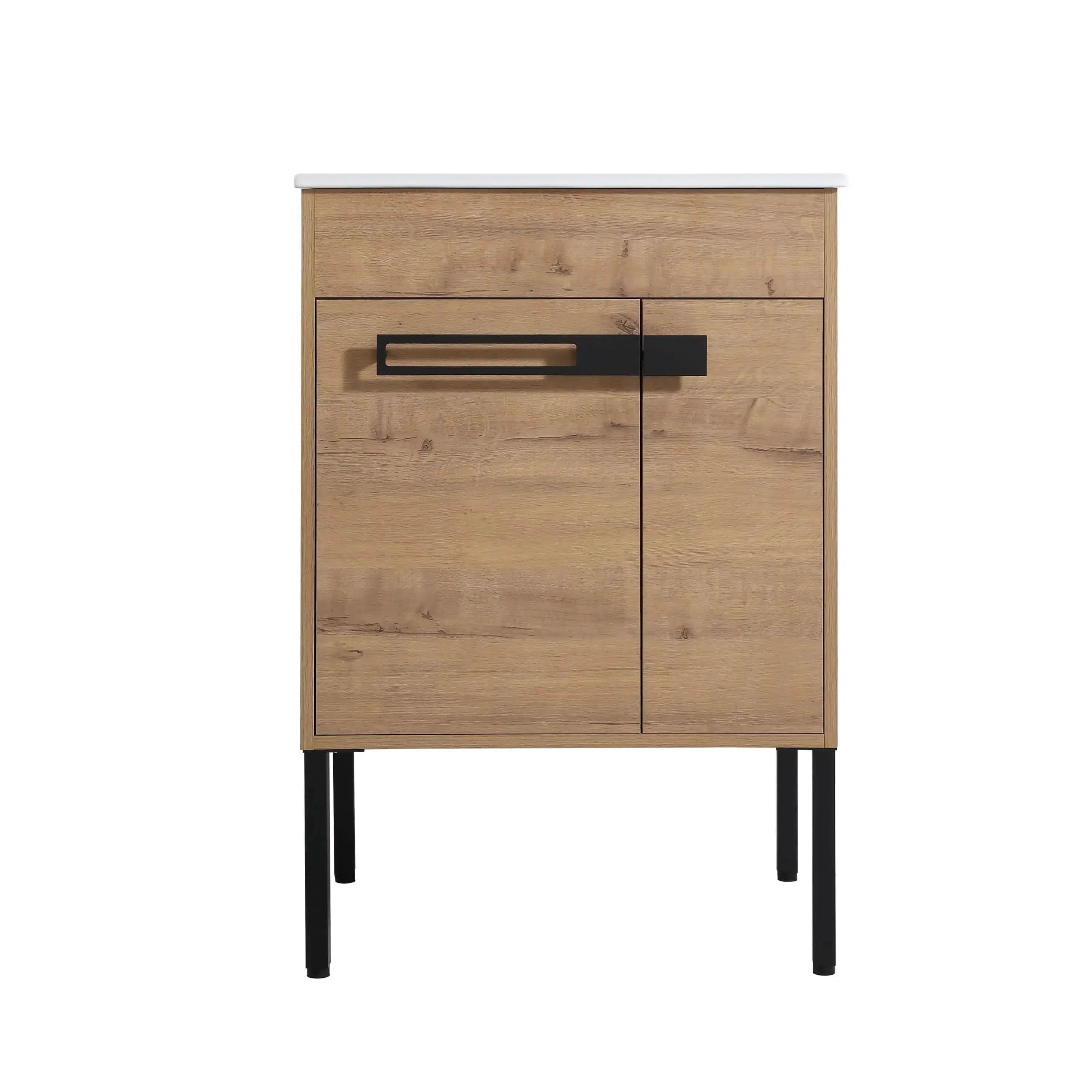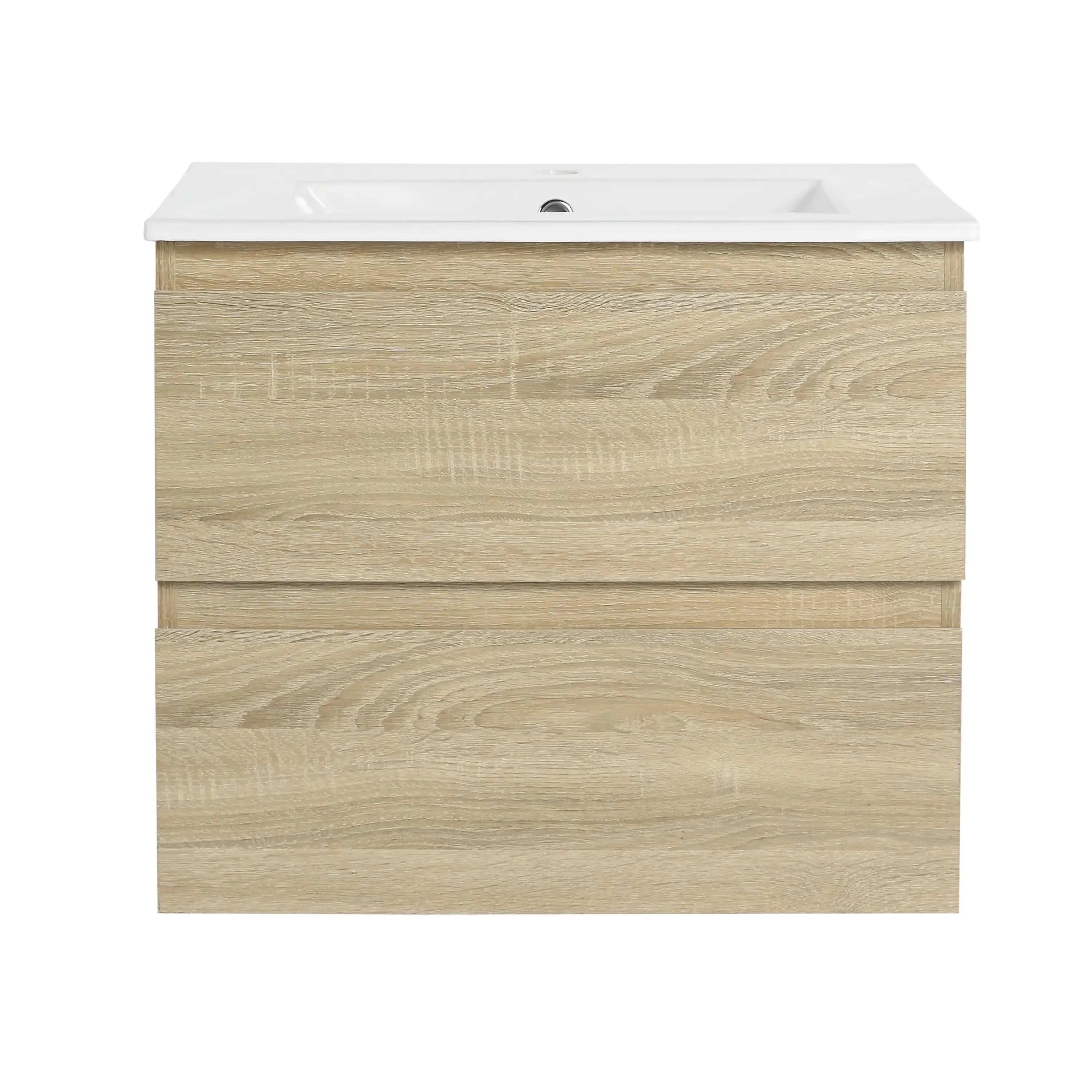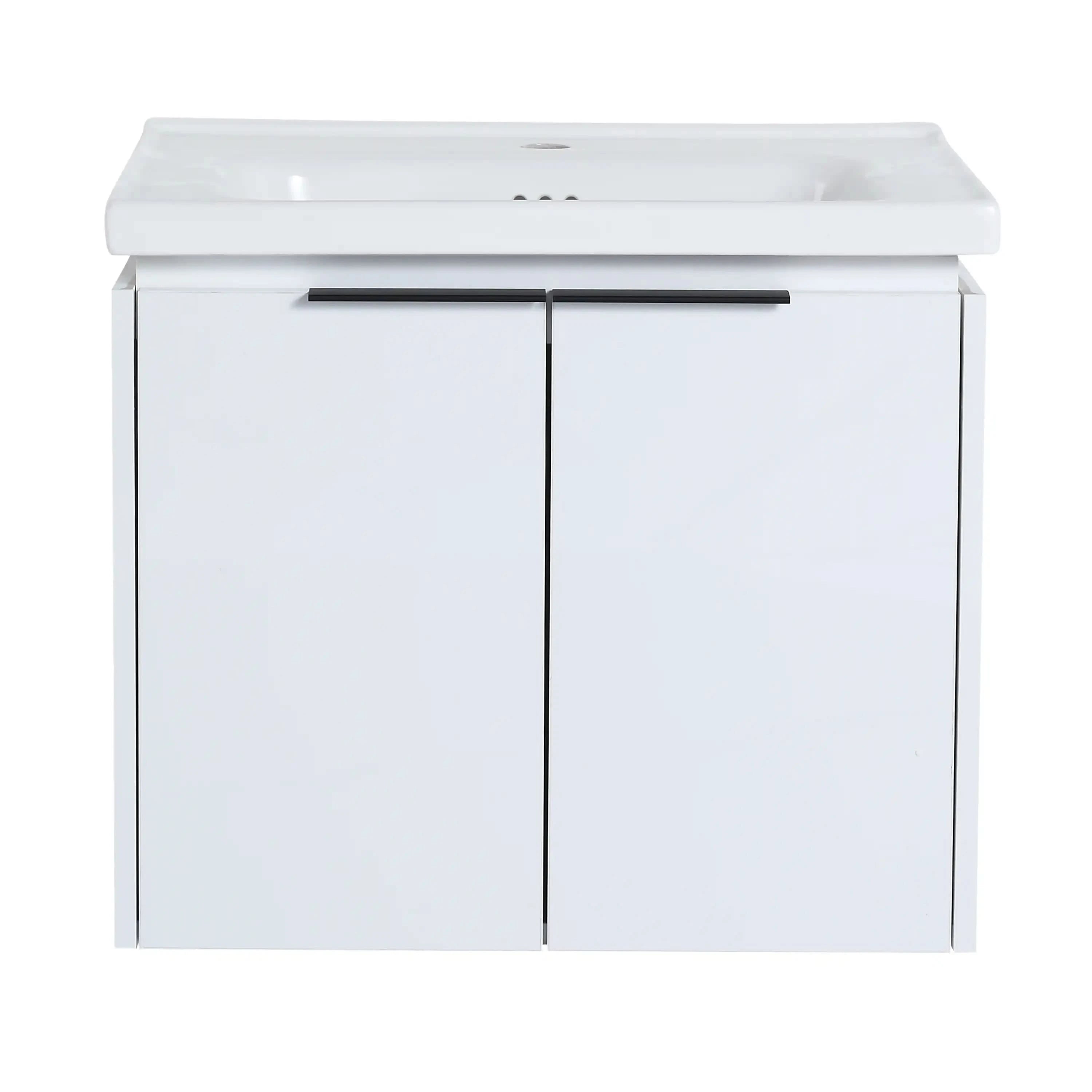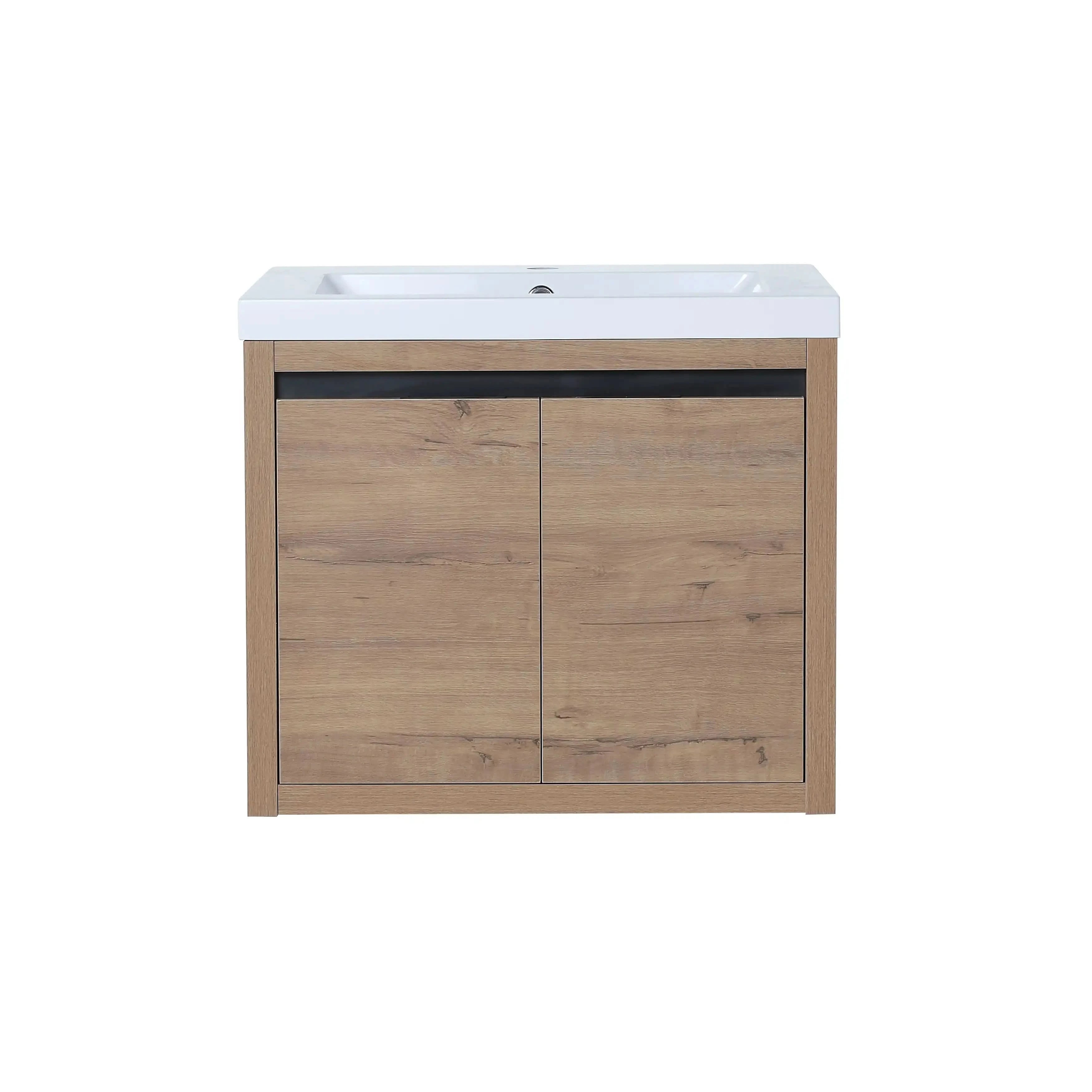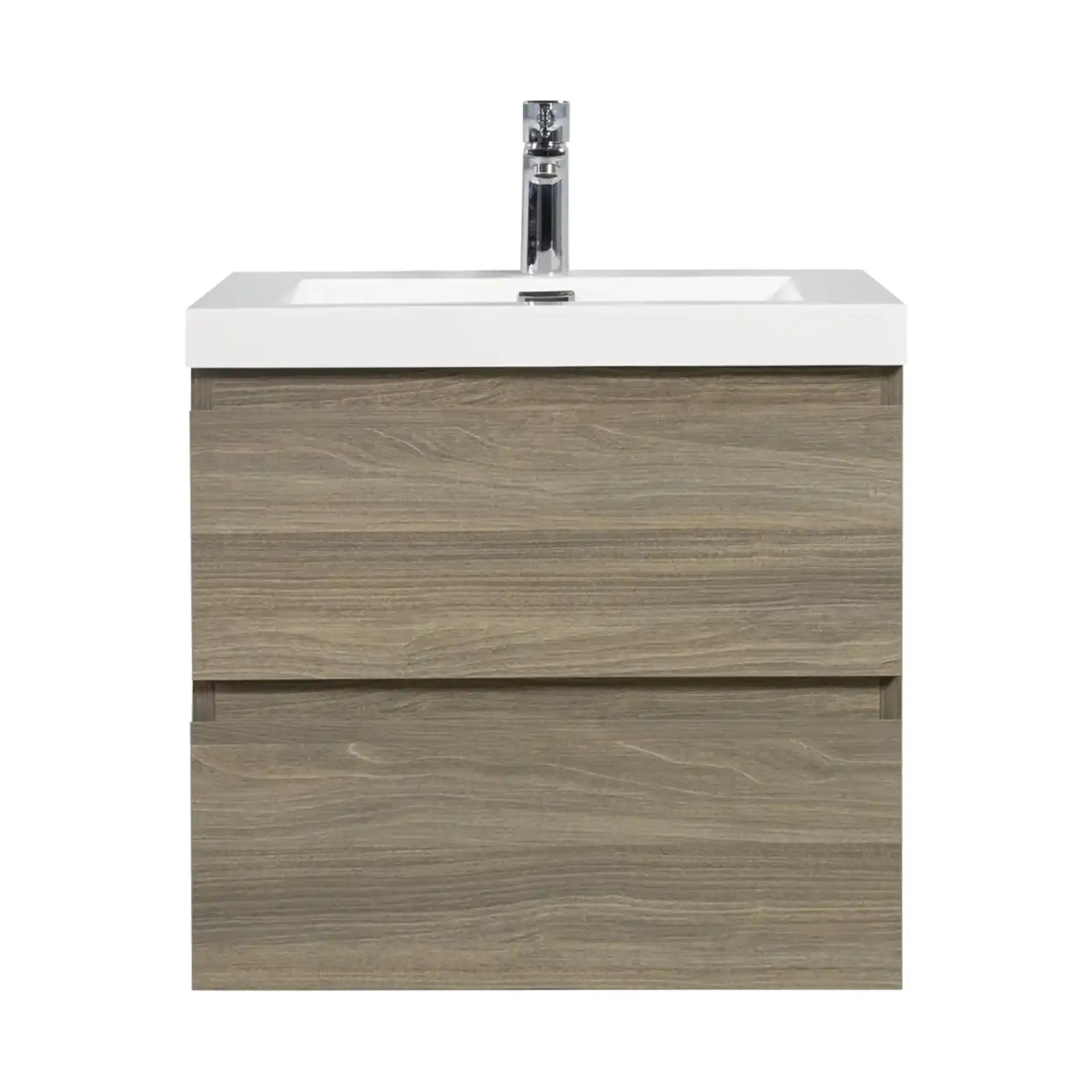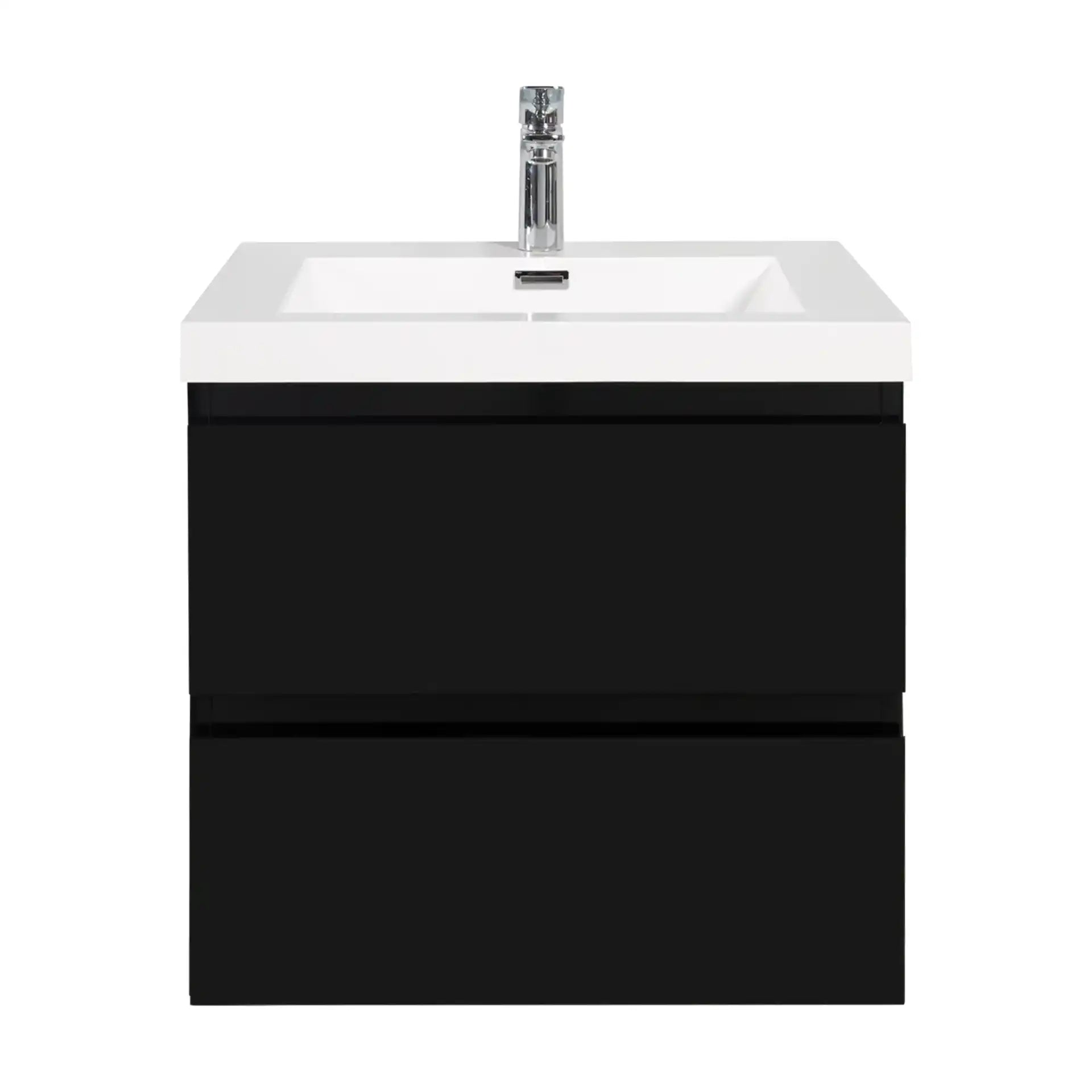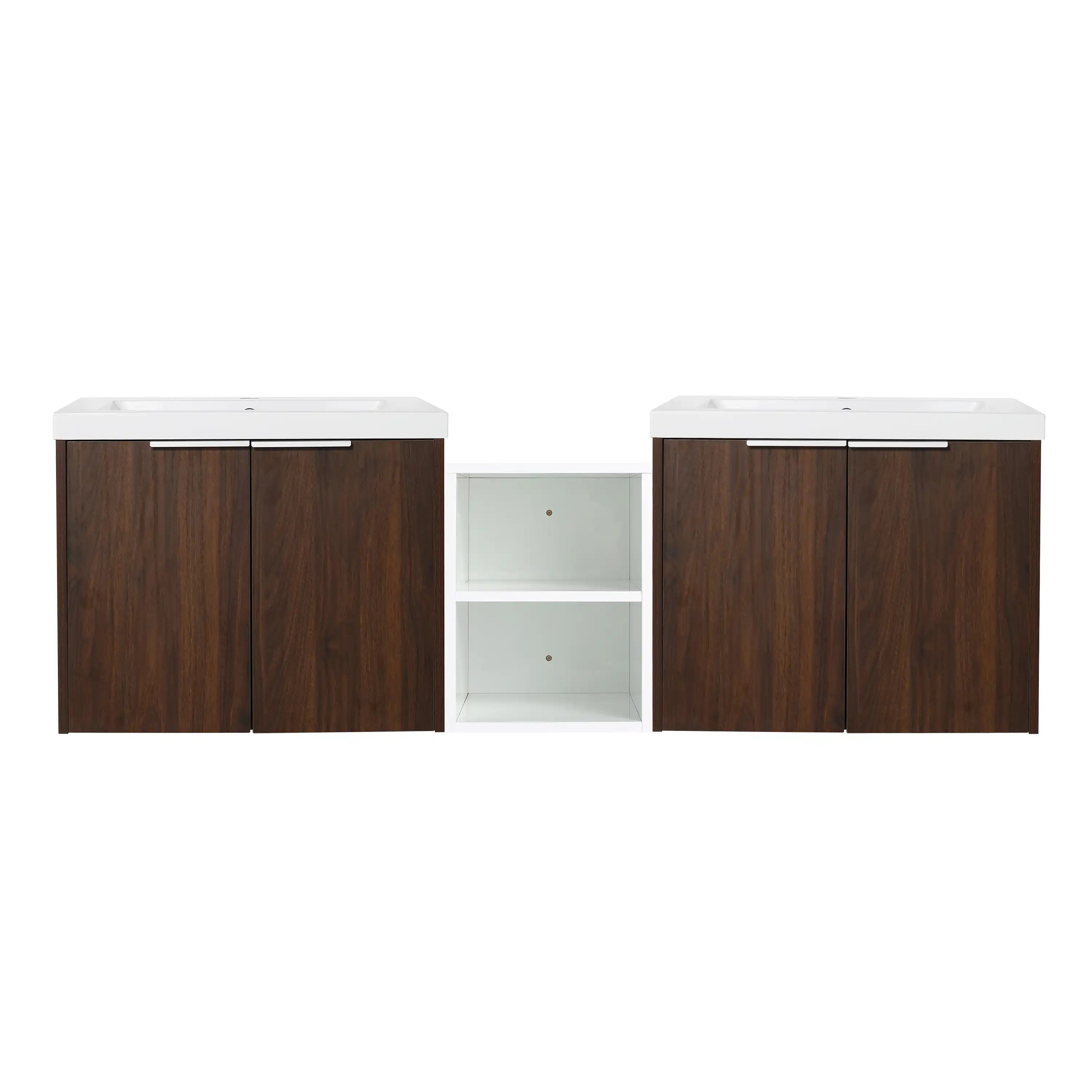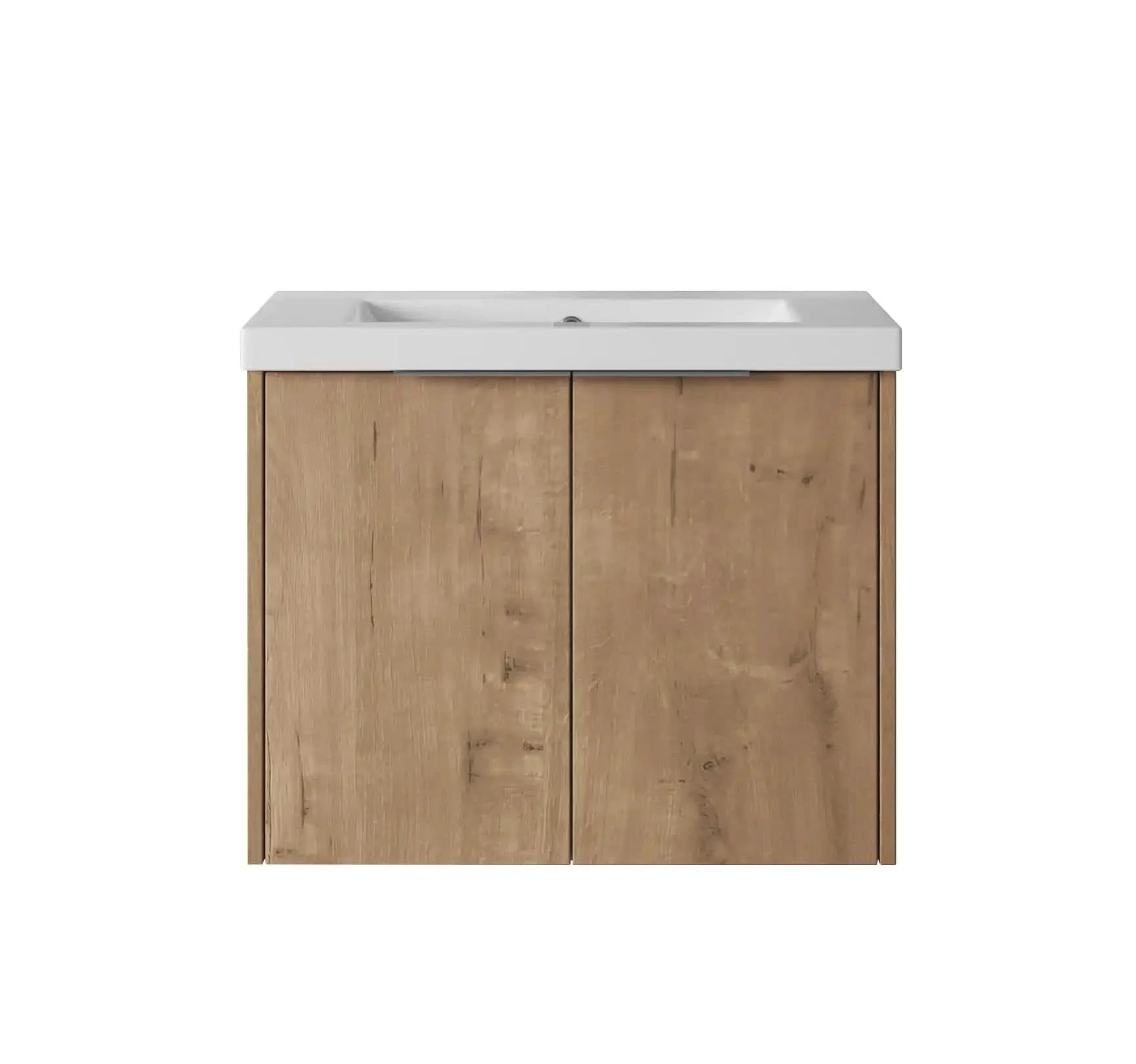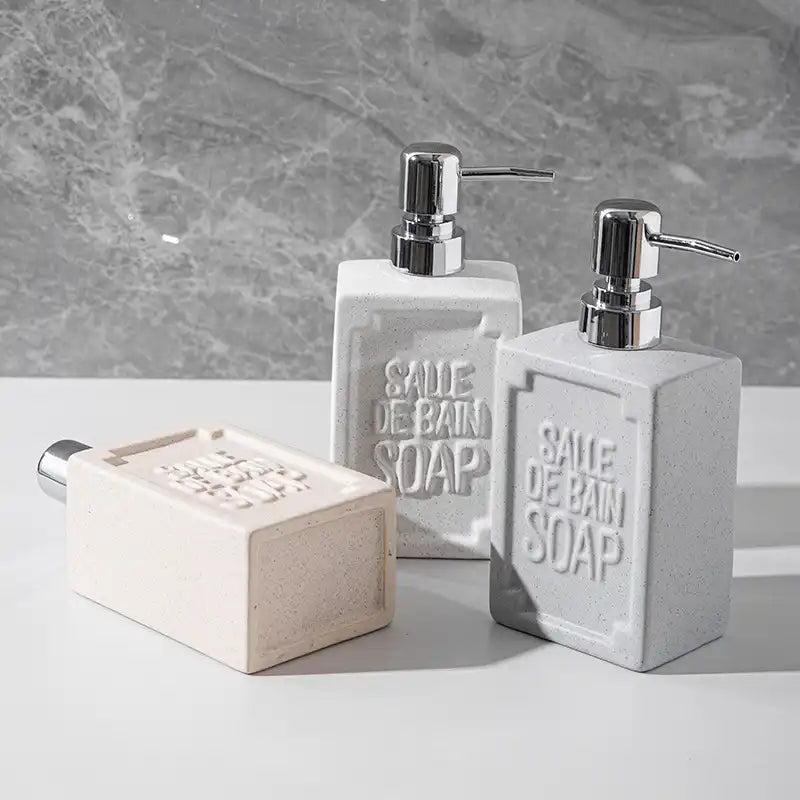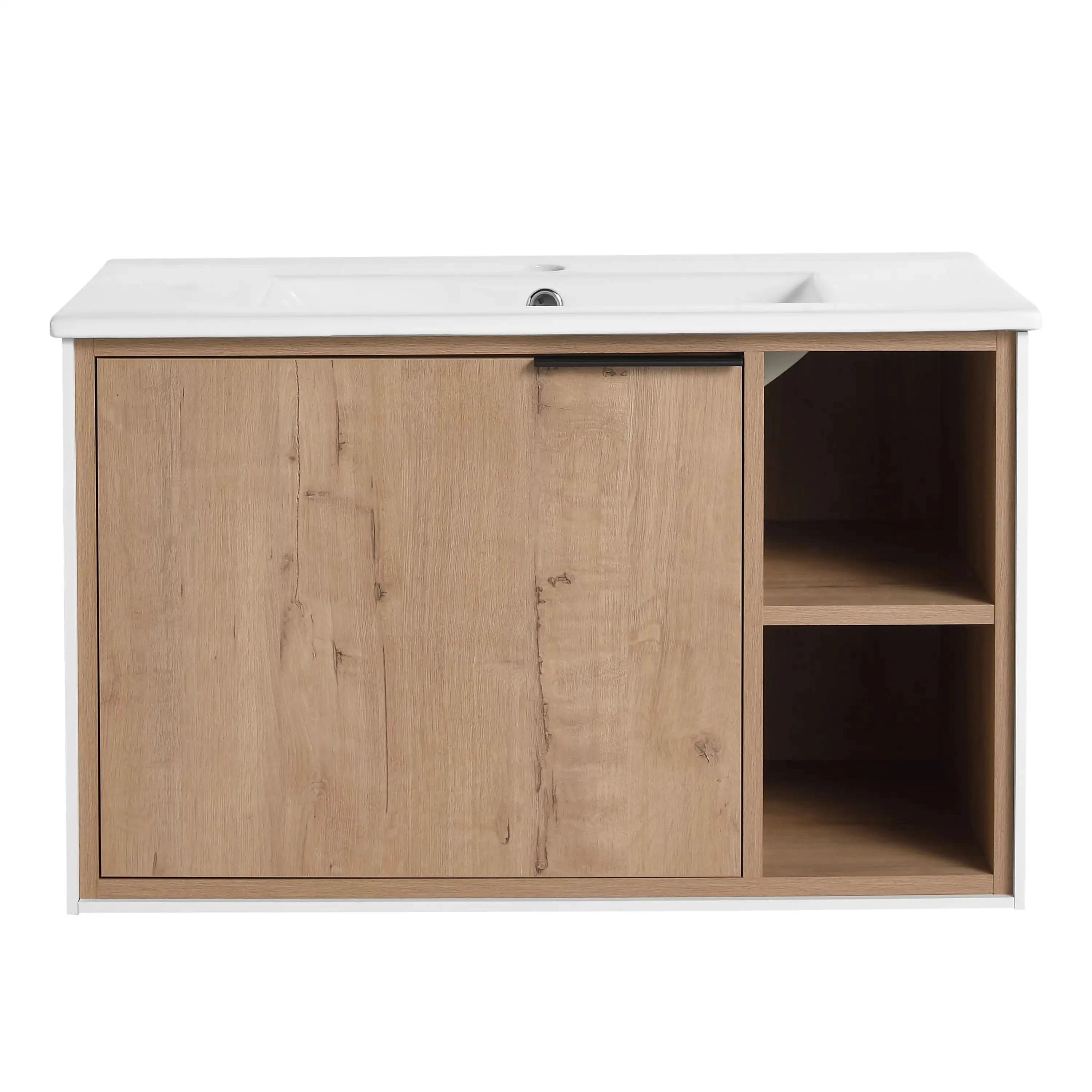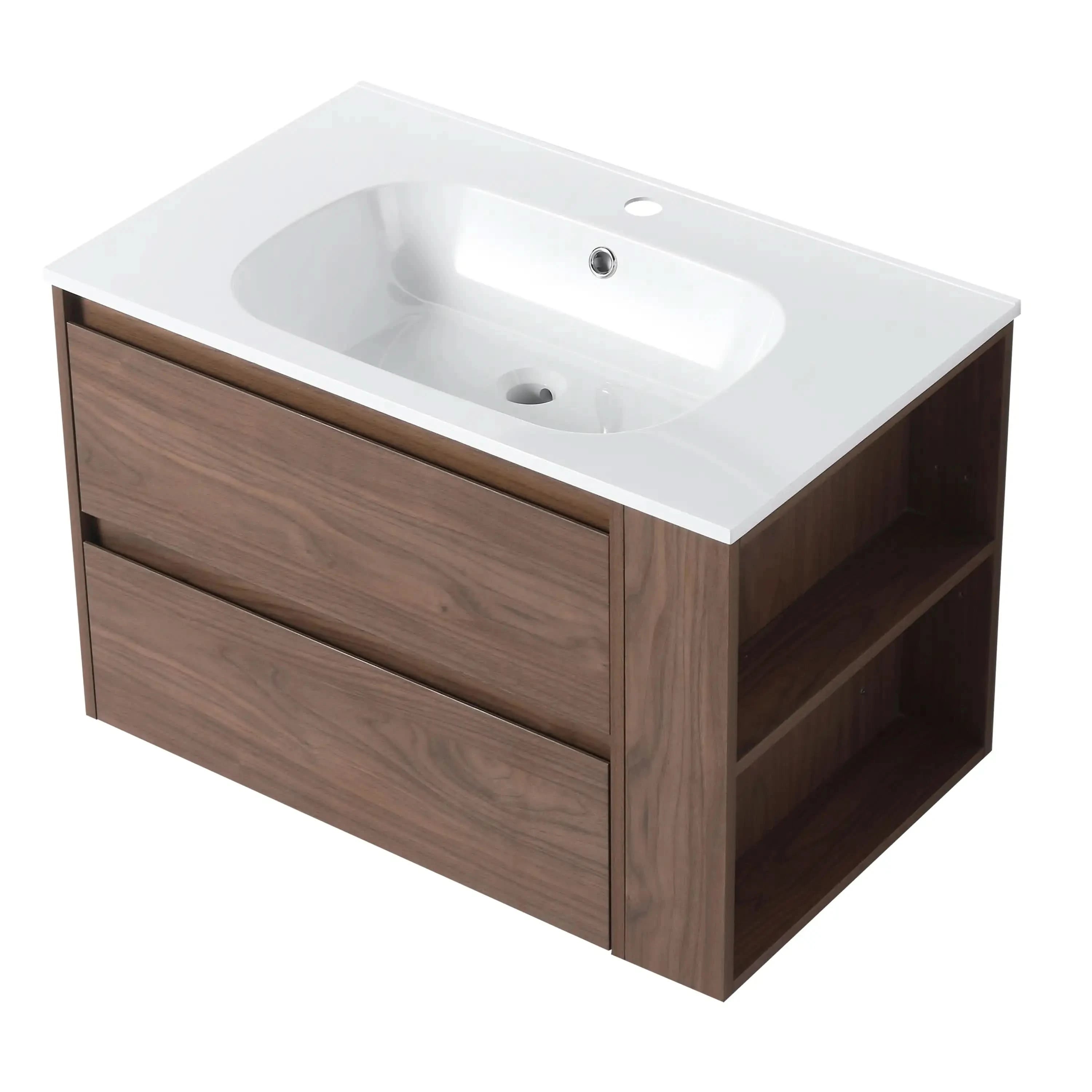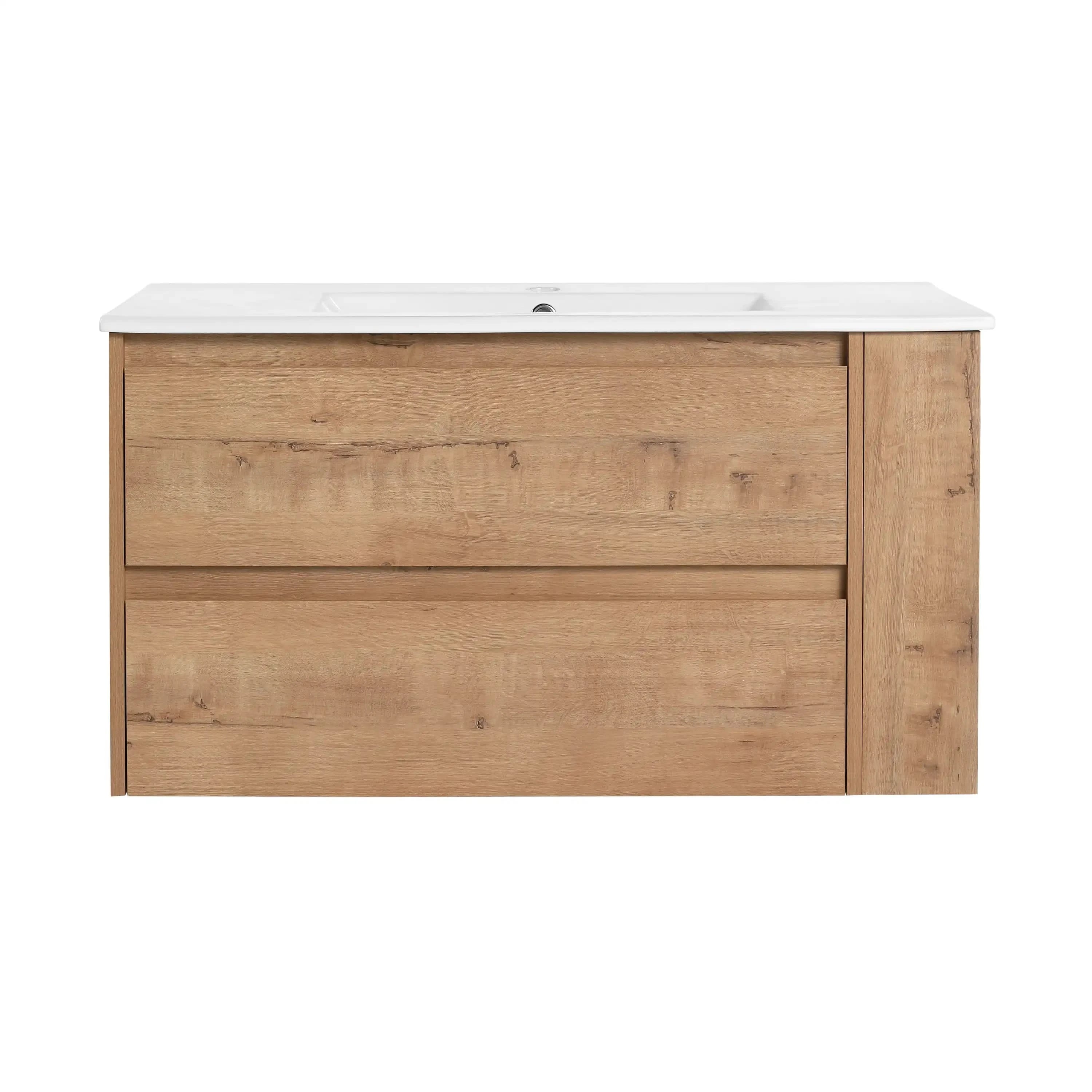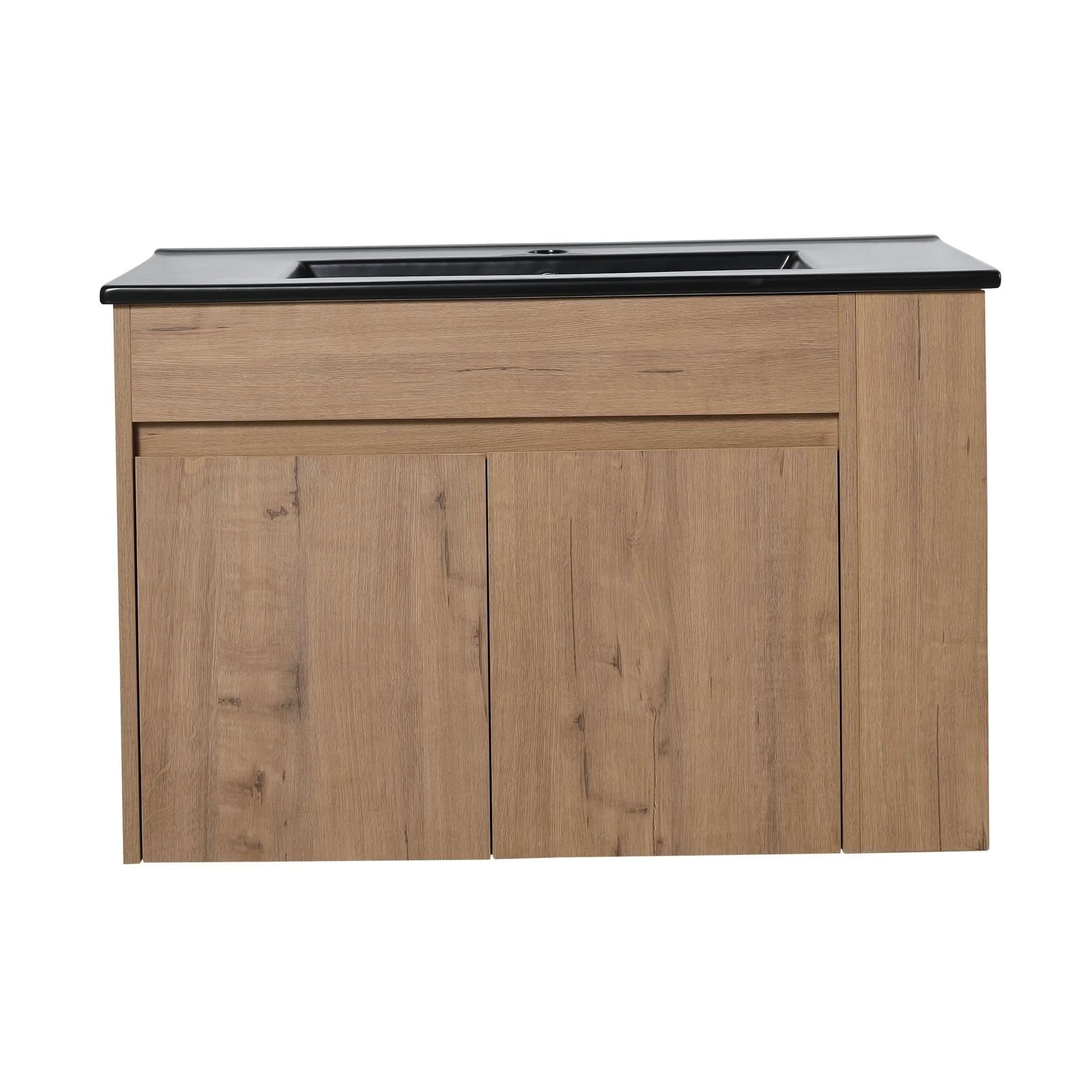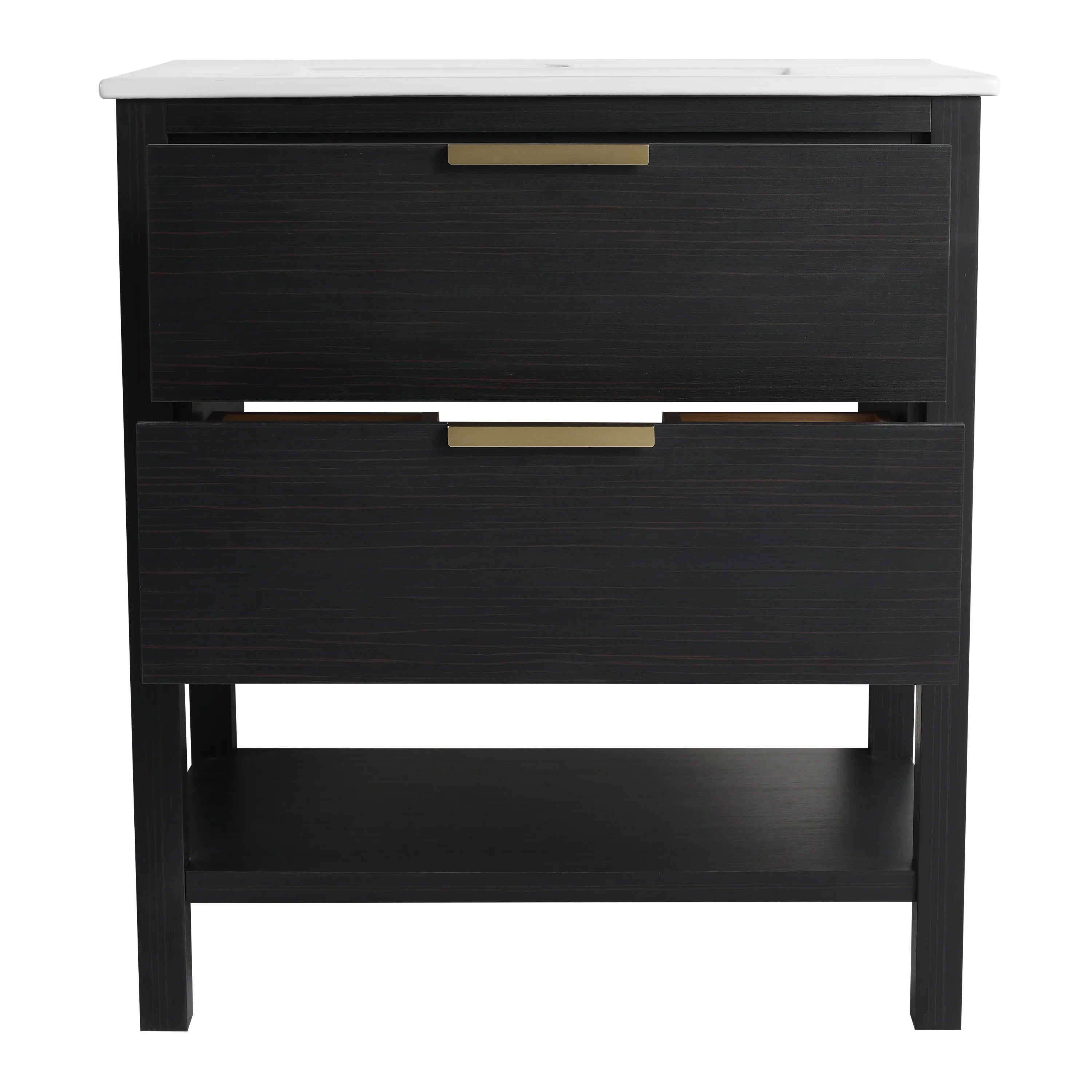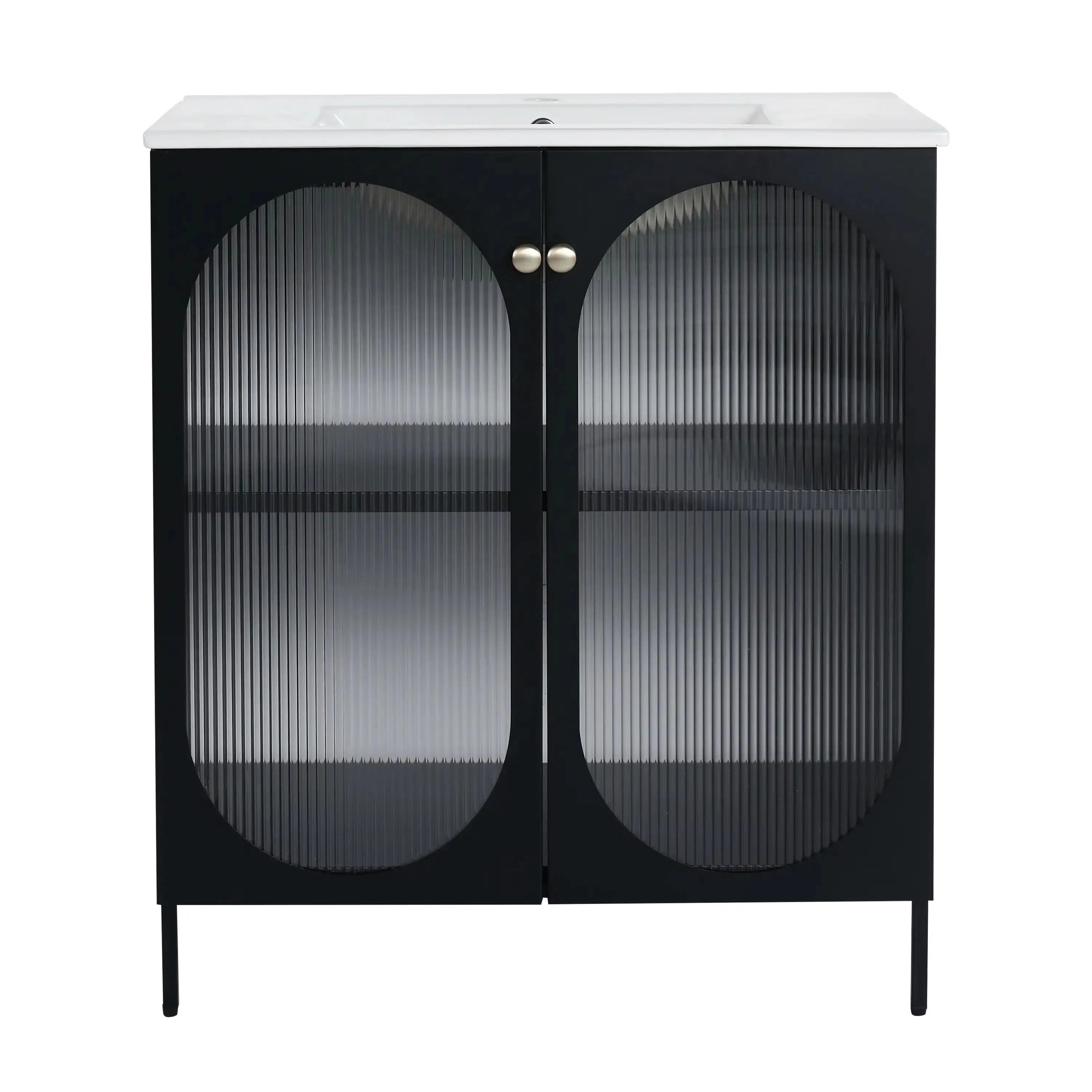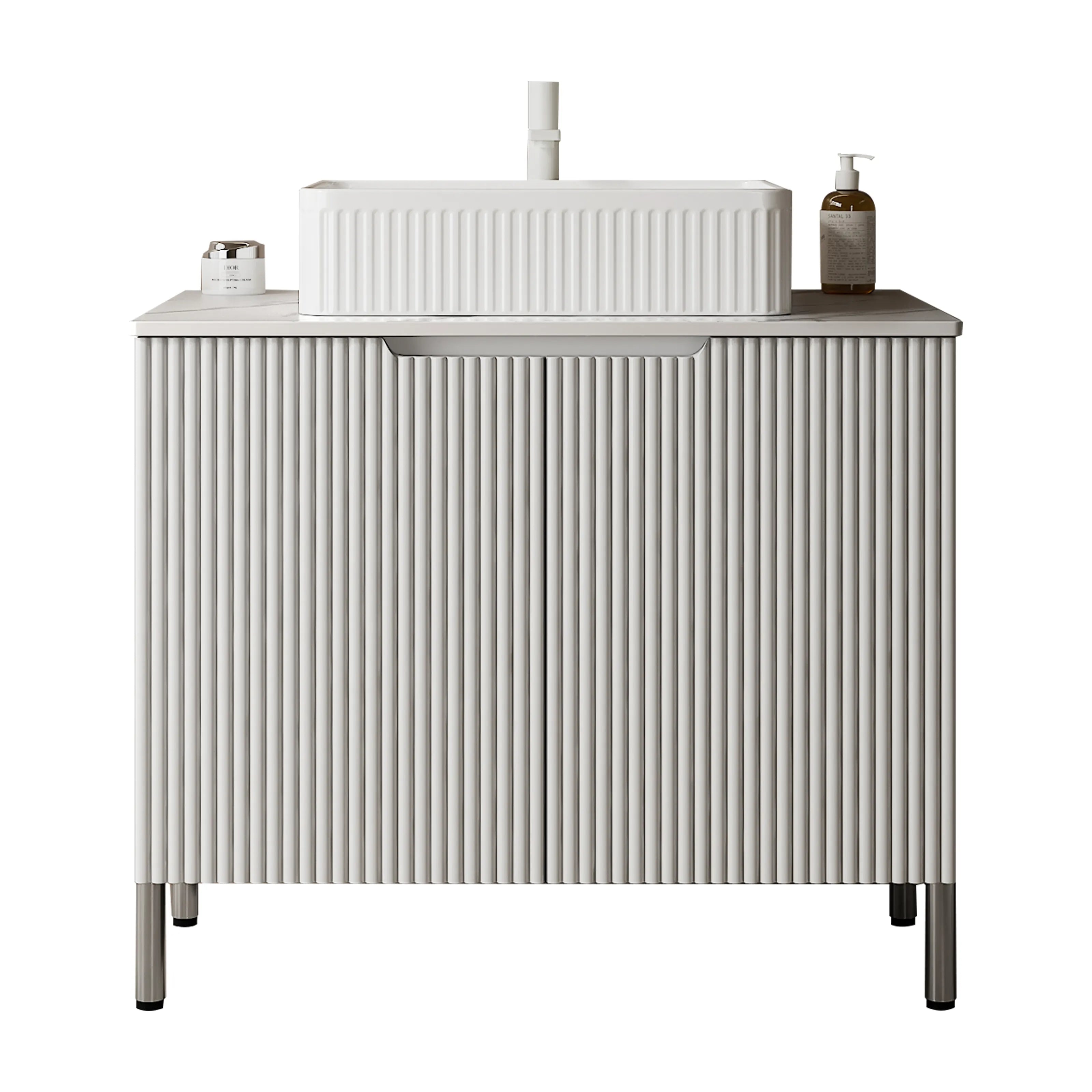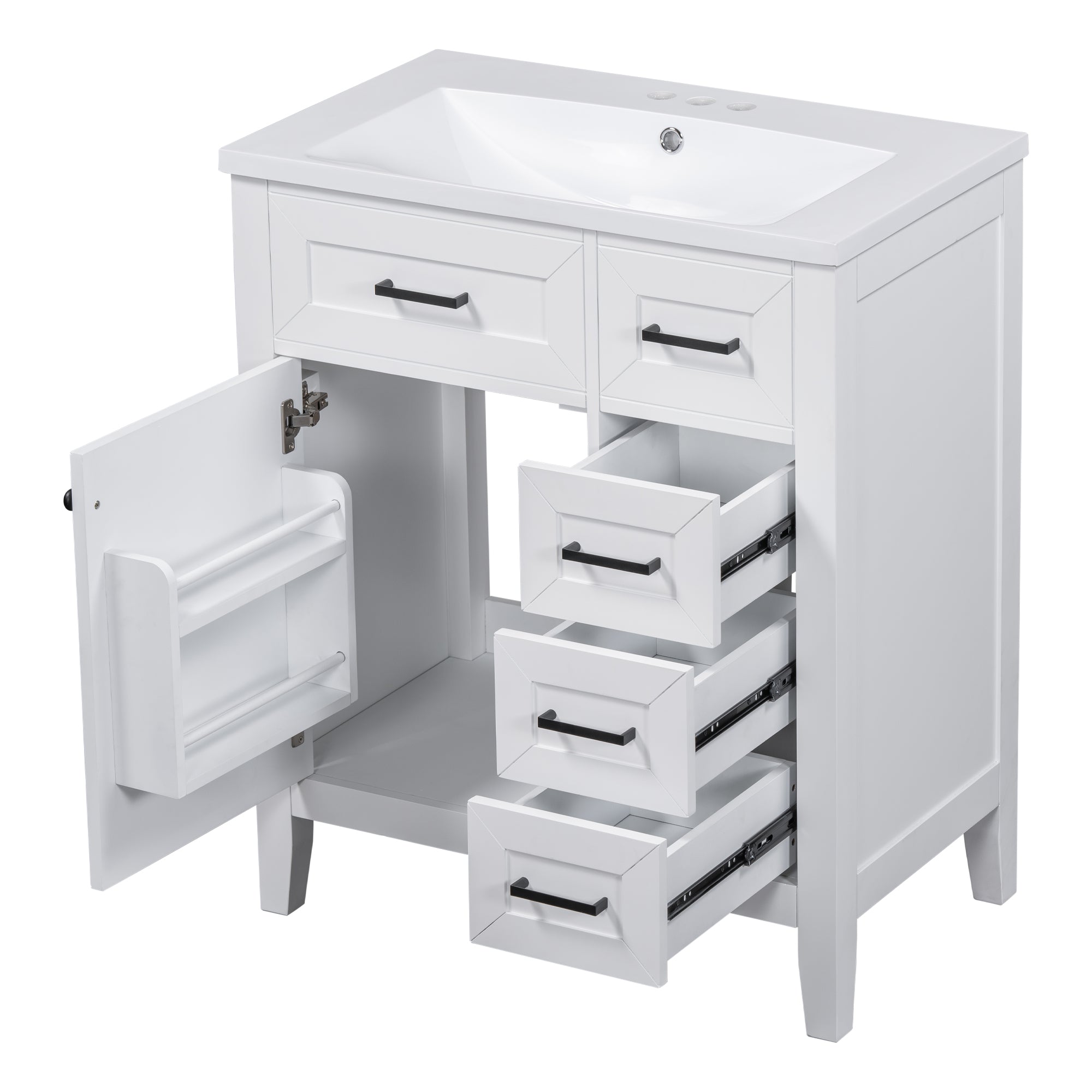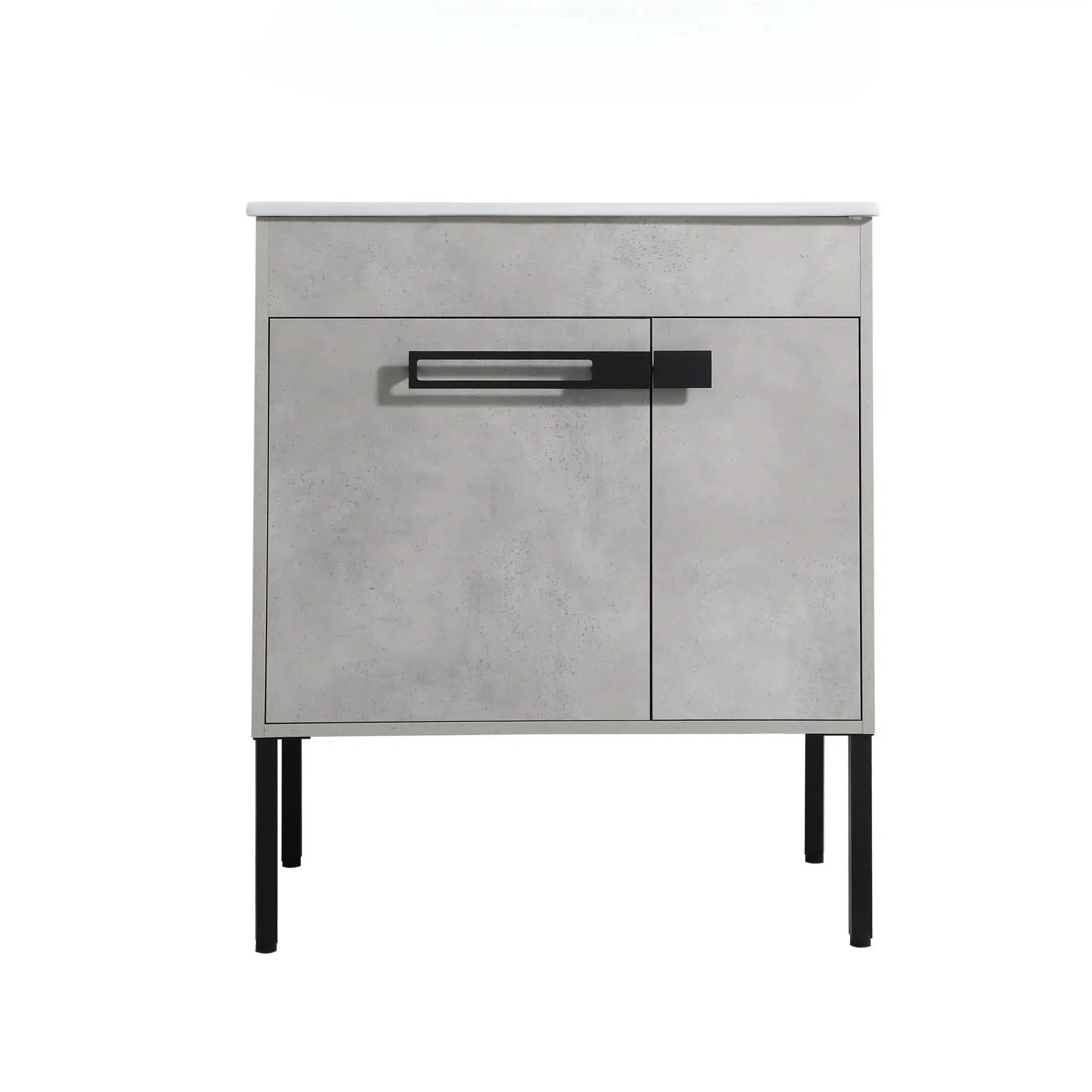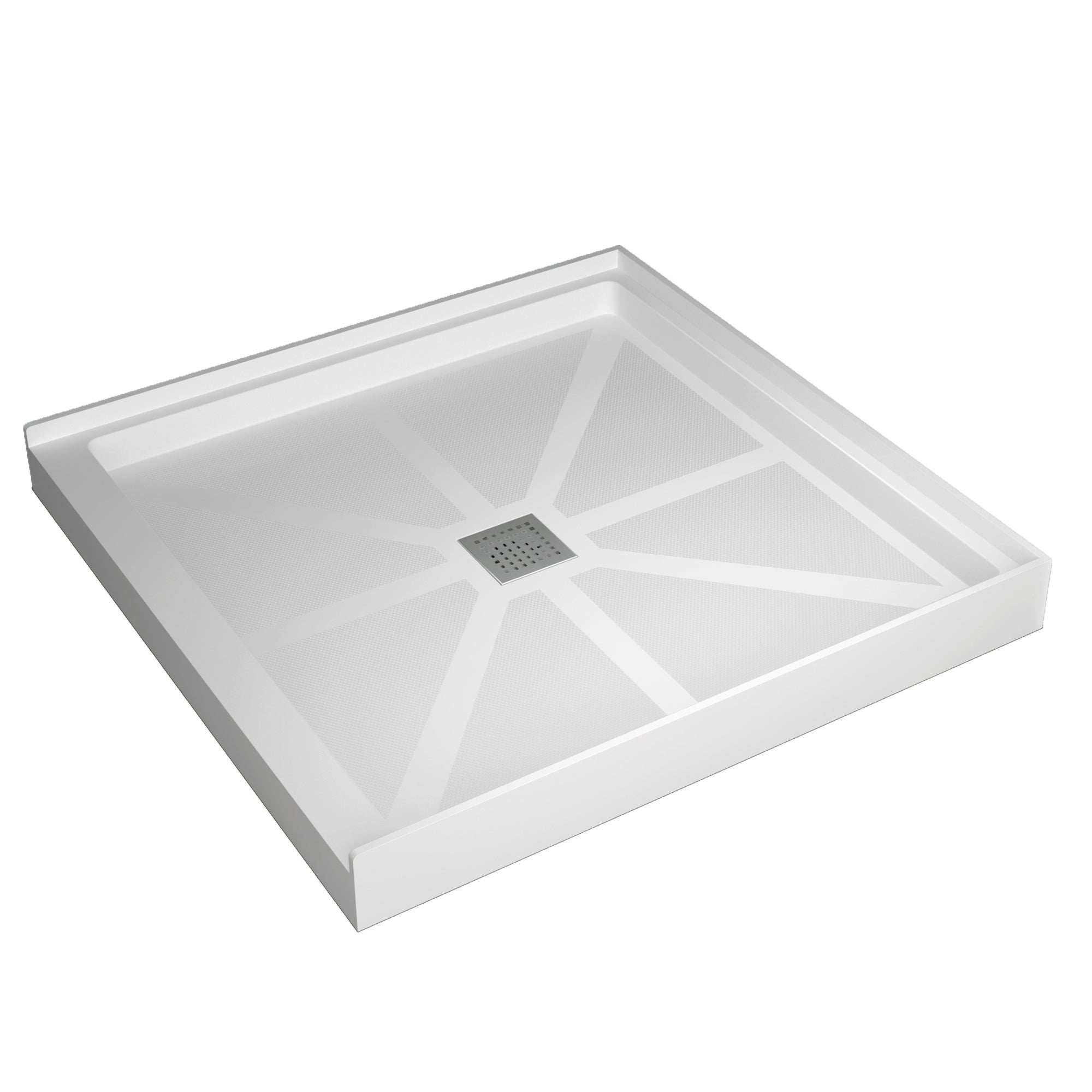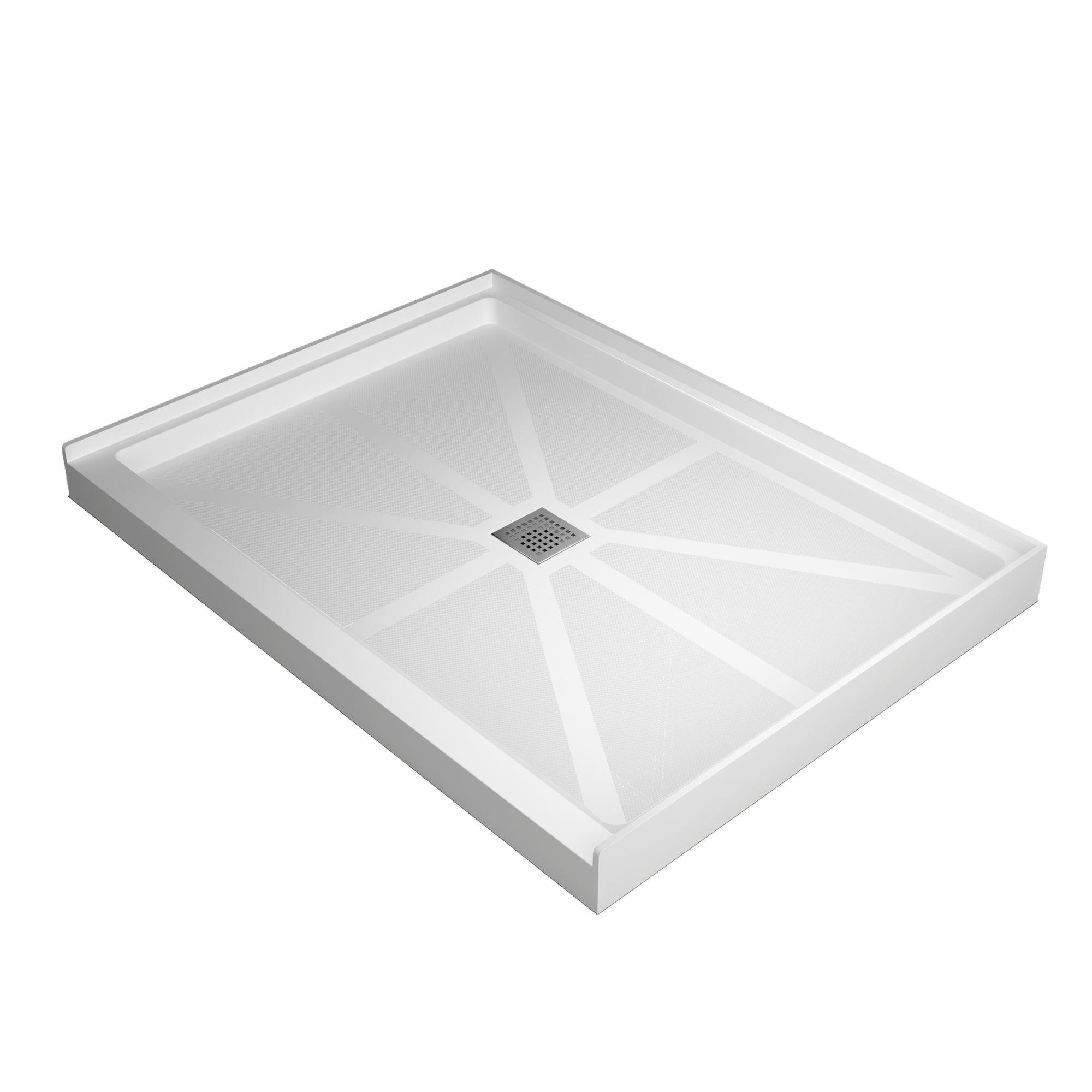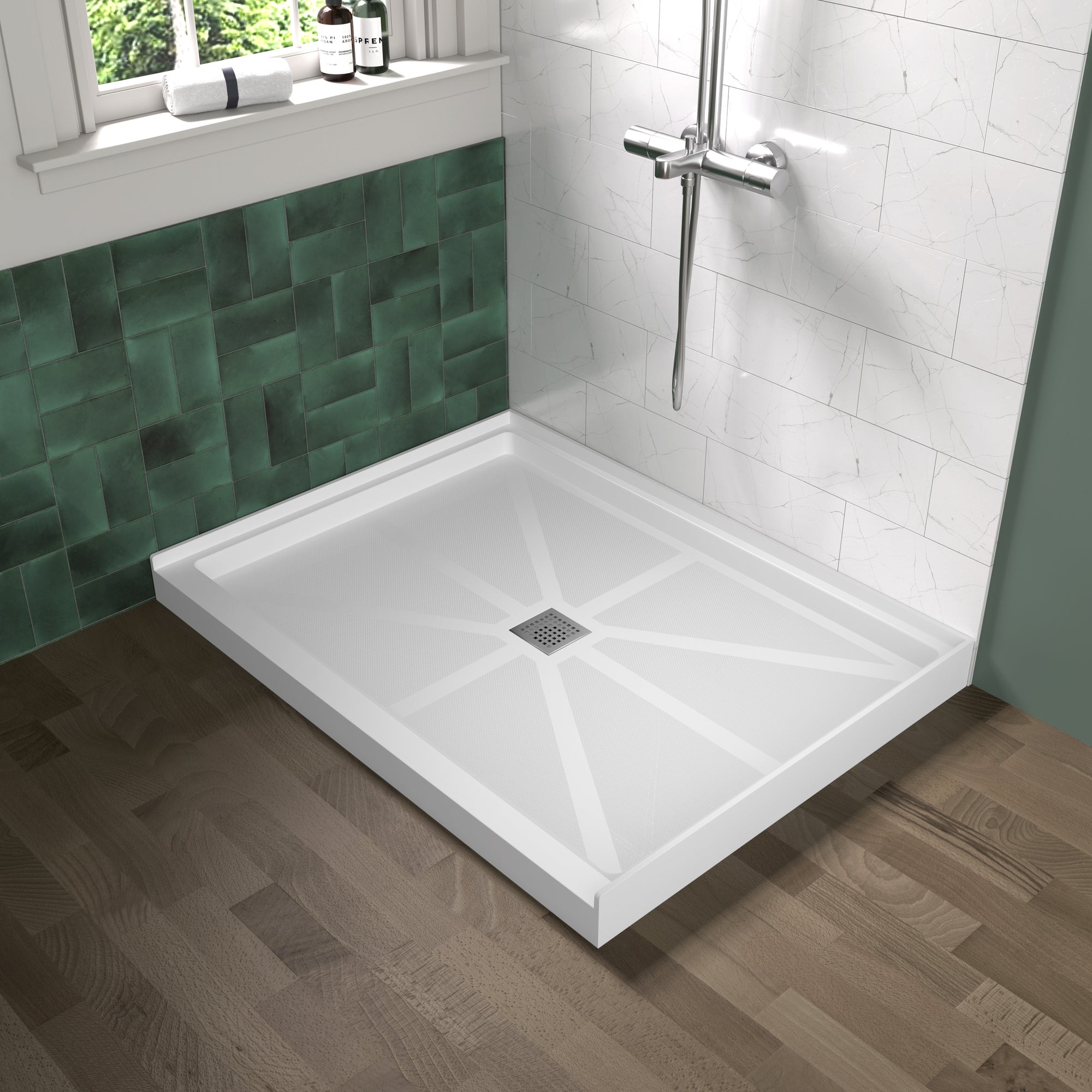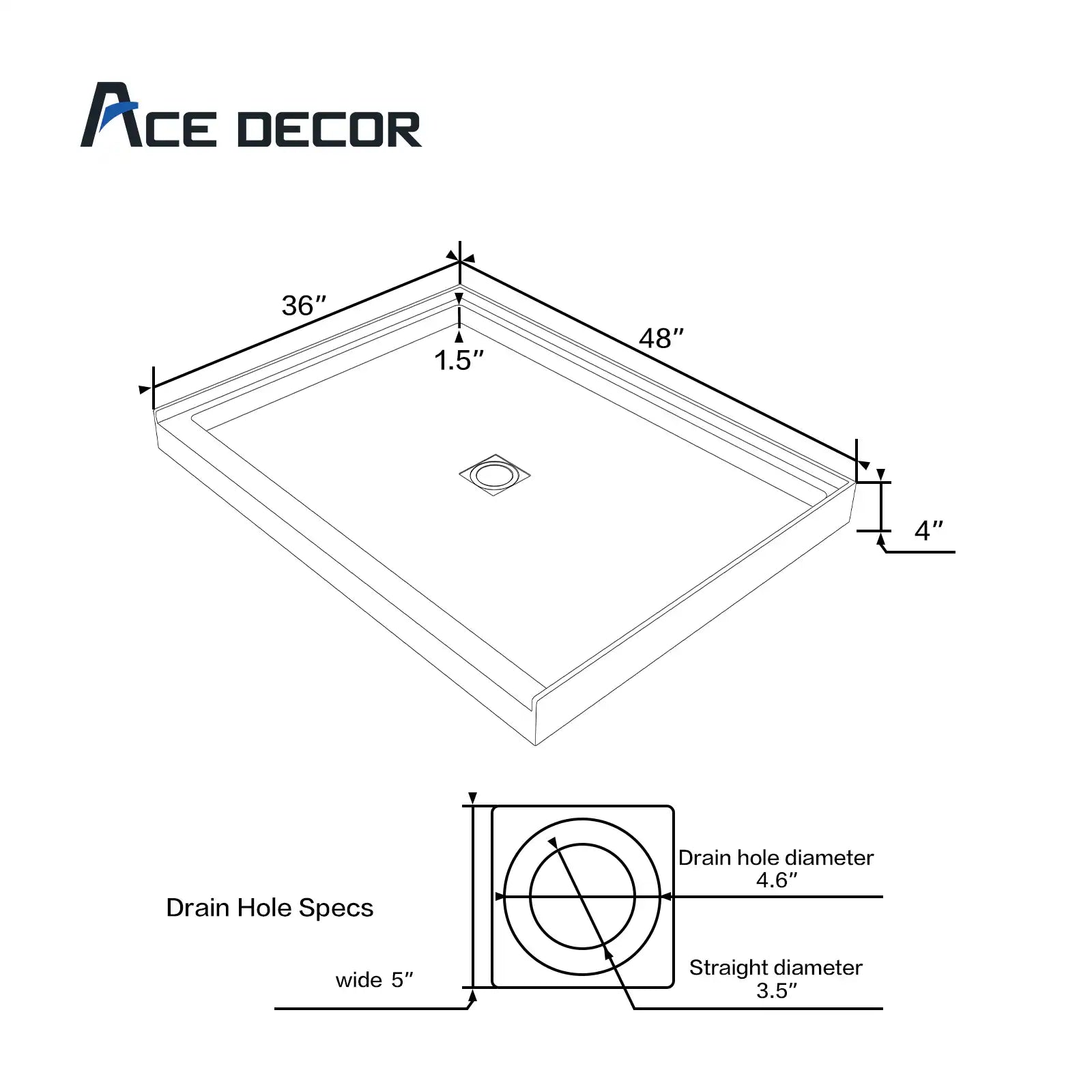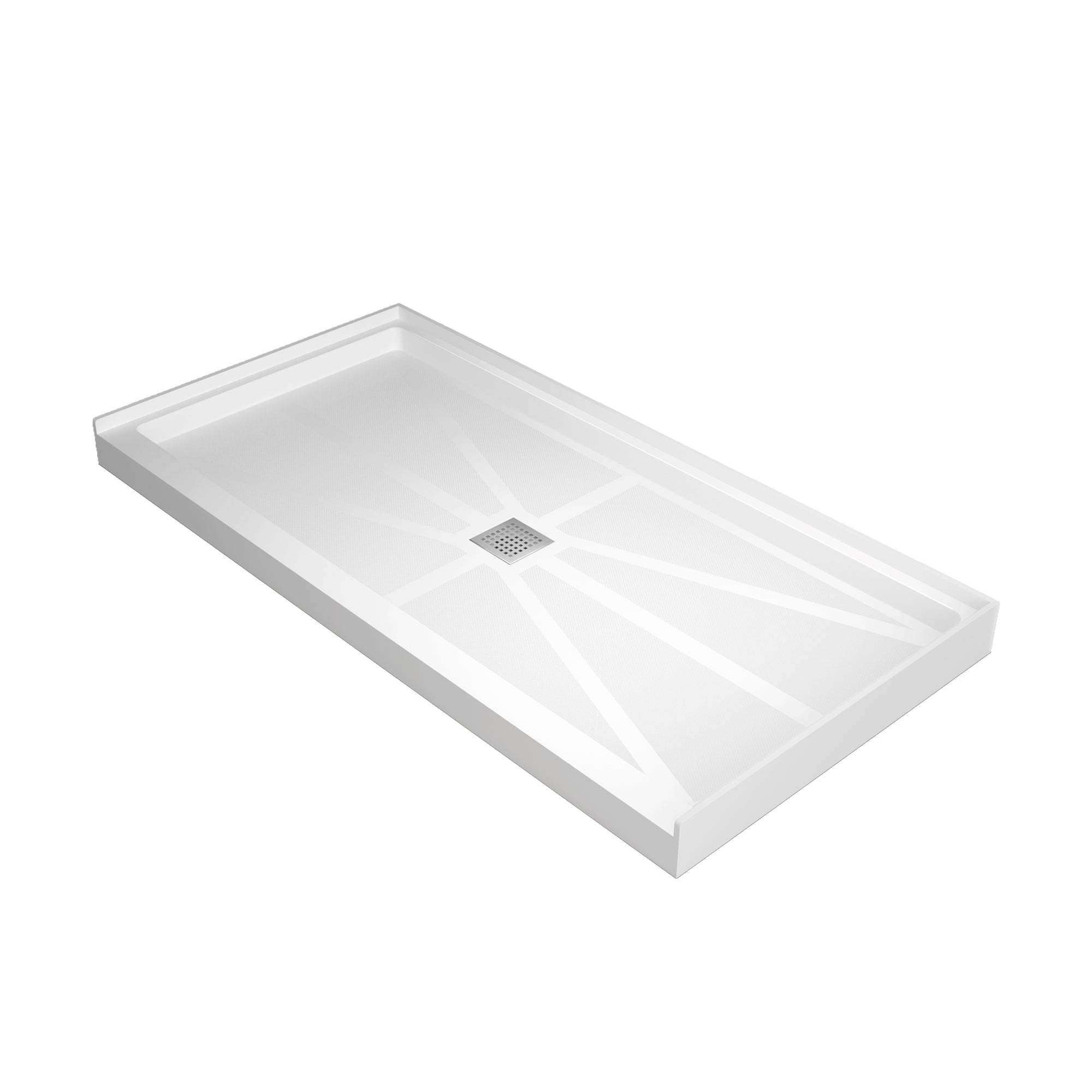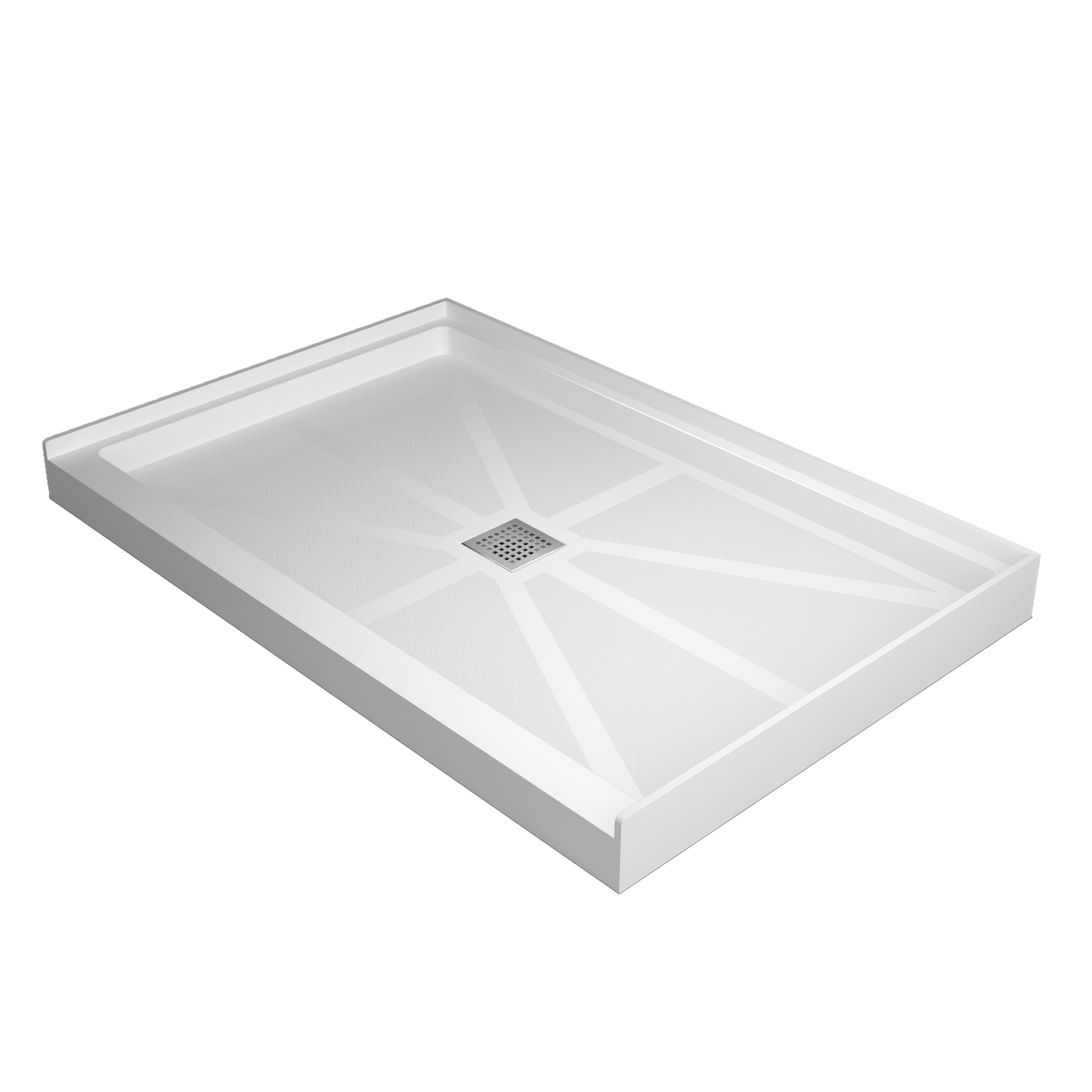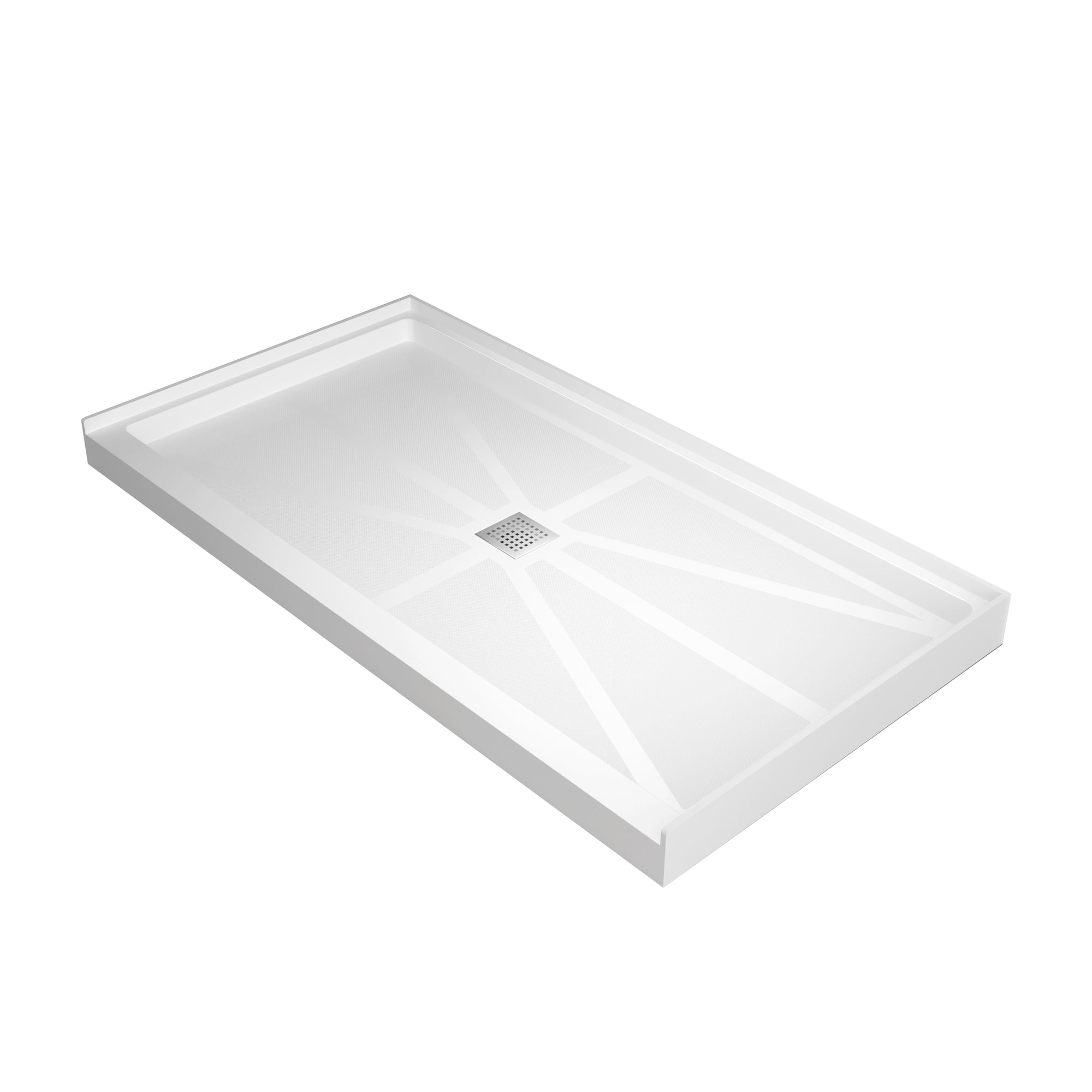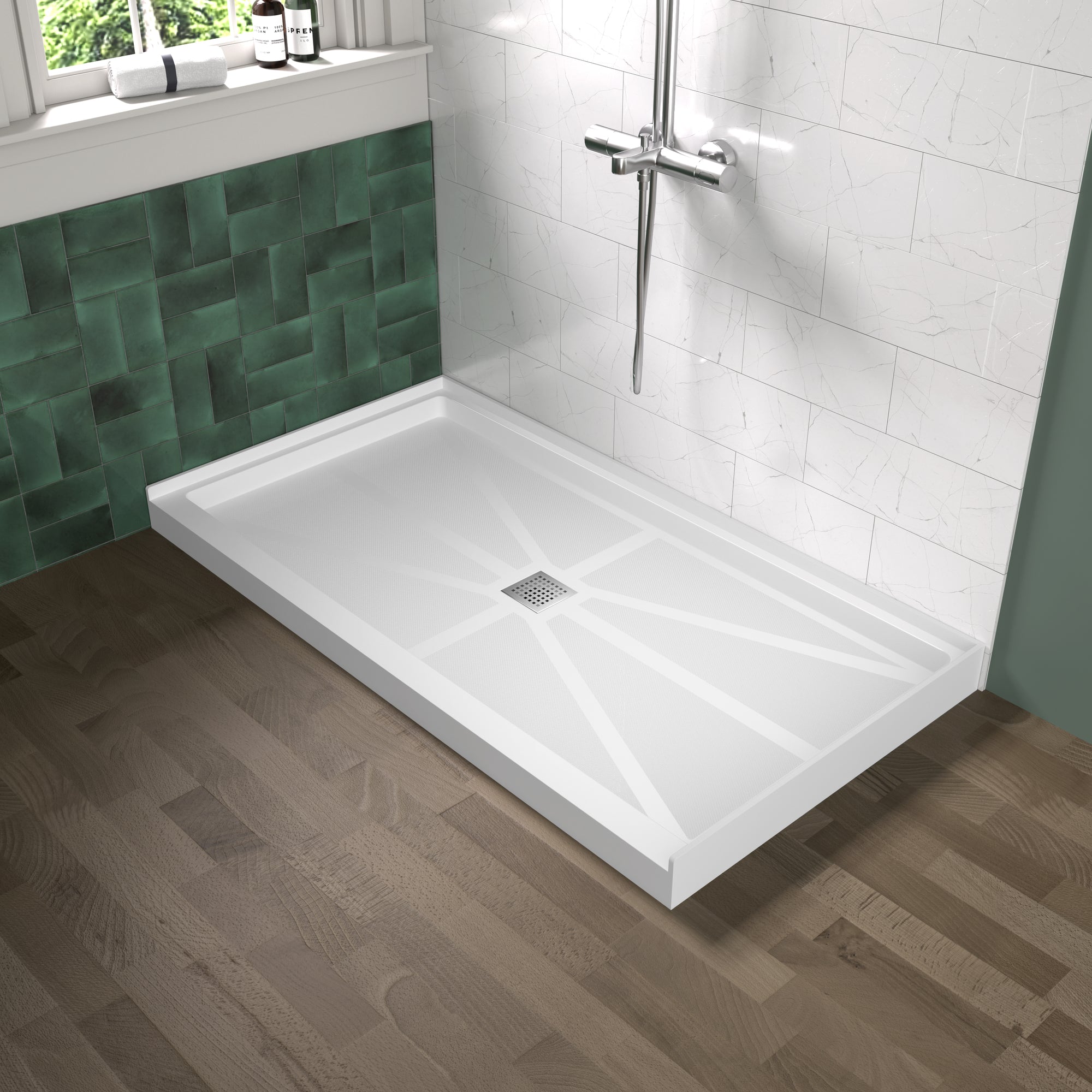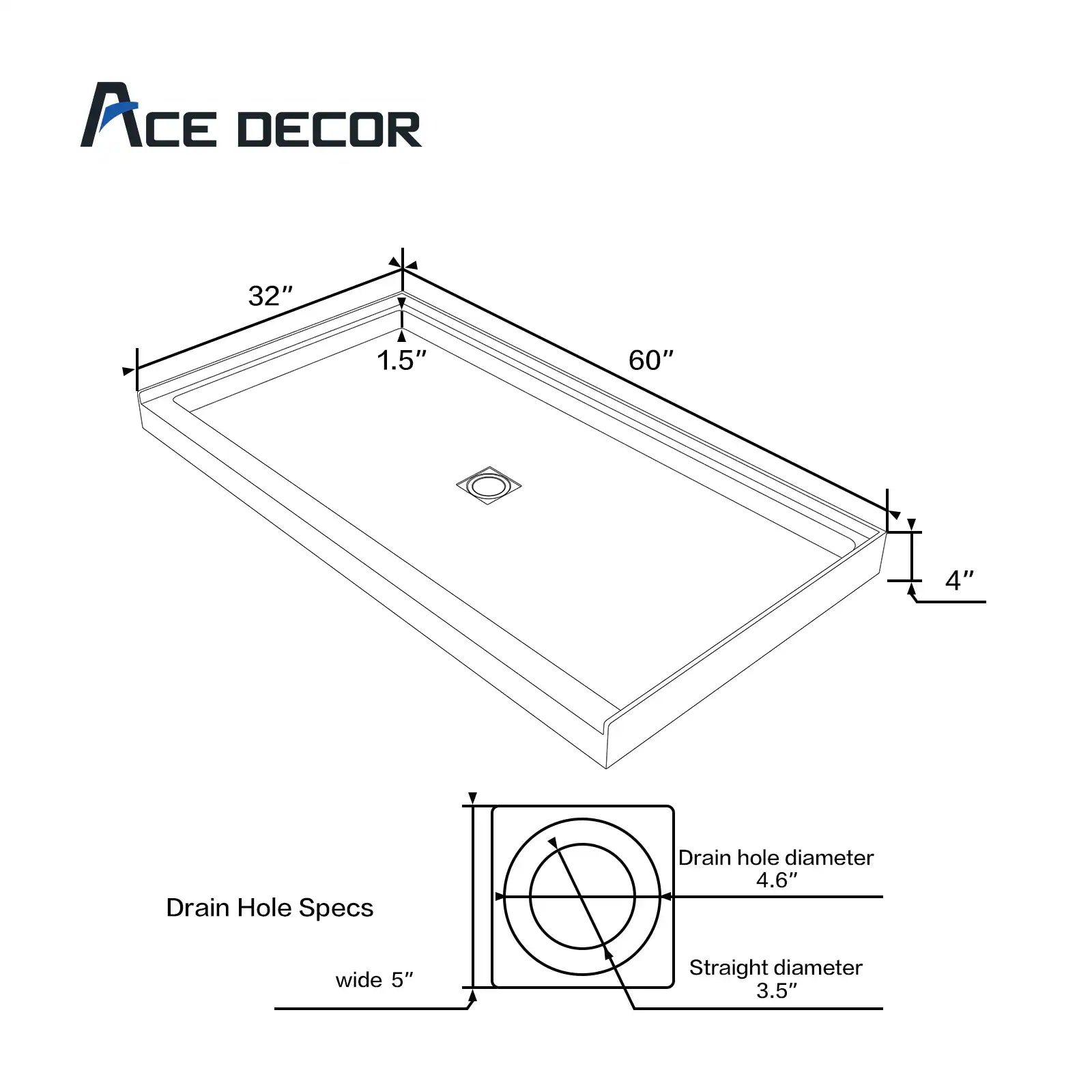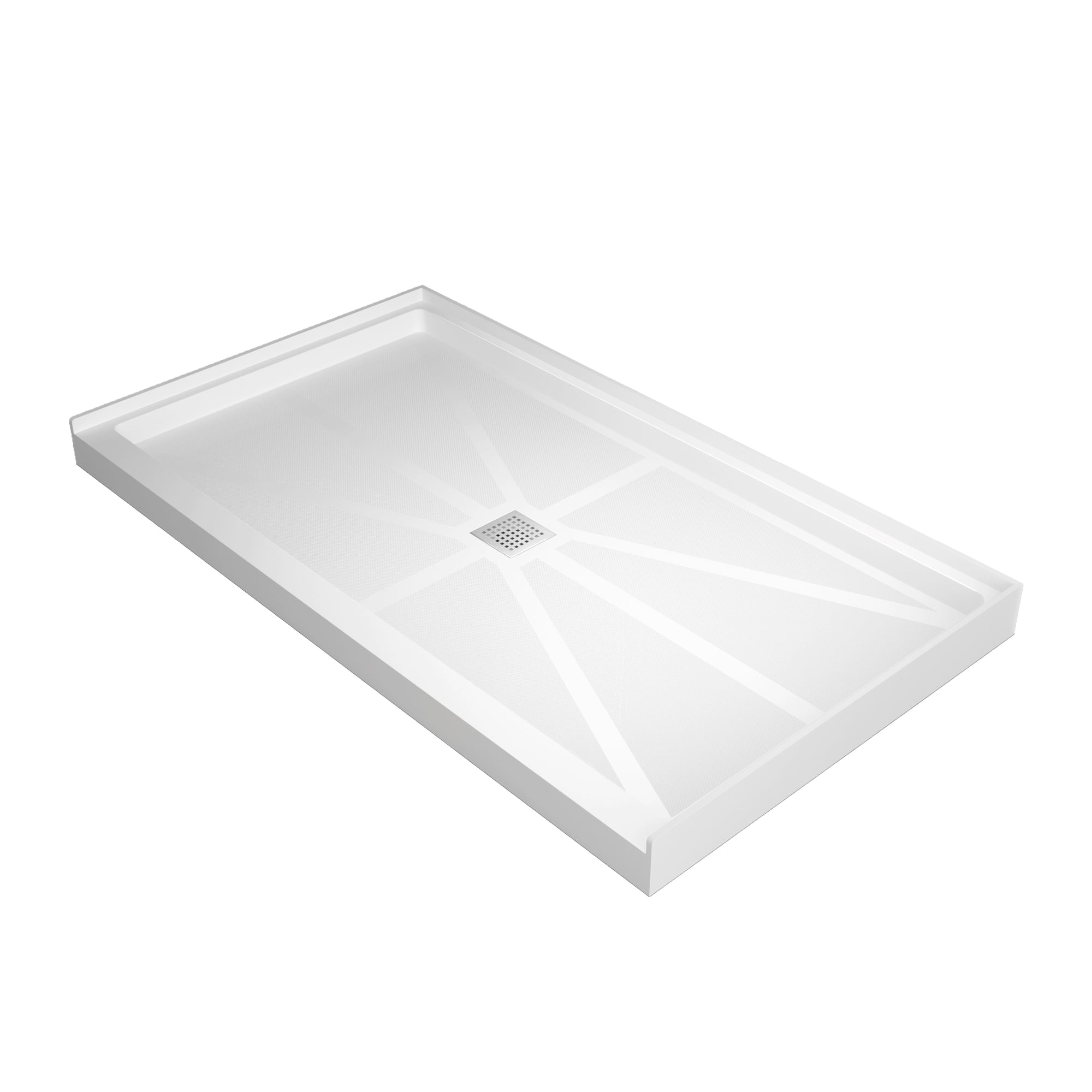Table of Contents
- Is Tile for Shower Base Suitable for Small Bathrooms?
- Layout and Drainage Tips for Tile for Shower Base
- Tile for Shower Base: Safety and Smart Features
- Visual Tips to Maximize Small Bathrooms with Tile for Shower Base
- Tile for Shower Base: Installation and Maintenance Guide
- Conclusion
- FAQ
Introduction
In mid-to-high-end residences, kitchens can be finely decorated and living rooms can be custom-made with soft furnishings. However, when it comes to bathrooms, especially small ones, many homeowners start to compromise. Should a small space be simply equipped? In fact, it's just the opposite.
Studies show that the smaller the space, the more the refinement and practicality of the design can reflect the taste of the occupants. The "Houzz 2023 Home Renovation Trends Report" indicates that 63% of American households are willing to invest a higher budget for small spaces when renovating their bathrooms. Particularly, the number of users choosing tile for shower base in the shower area has increased by 27%. This indicates that many people have realized that tile for shower base is not exclusive to large-sized apartments but the key to enhancing the quality of small bathrooms.
It is not only beautiful and practical, but also can enhance the high-end feel of the entire space in the details. Choosing the right tile for shower base gives small bathrooms the design leverage they deserve.

1. Is Tile for Shower Base Suitable for Small Bathrooms?
Many people are worried that tiling small bathrooms will make them feel cramped, difficult to clean, and even prone to water accumulation. In fact, tile for shower base has greater room for play in an environment with limited space. As long as it is properly designed, it is not only practical but also can become a highlight for enhancing value.
Advantage
Strong aesthetic flexibility: The tile styles are rich and diverse, which can meet the needs of various design styles. Whether modern, minimalistic, or rustic, there's a tile for shower base to suit every vision.
The size is customizable: Tile for shower base can be customized as needed to adapt to spaces of different sizes and shapes.
Strong sense of spatial extension: Reasonable tiling methods and drainage designs can significantly enhance the visual transparency of a small space, especially when using a seamless tile for shower base.
Challenge
The installation technology requirements are high, especially the slope and drainage planning associated with tile for shower base installations.
Cleaning and maintenance rely more on the quality of subsequent treatments such as grouting and waterproofing.
The anti-slip and anti-mold performance requires a clear selection of the appropriate tile for shower base product specifications.
Small spaces do not limit the use of tiles. As long as these challenges are handled well, a properly selected tile for shower base can instead bring greater design freedom and value enhancement to compact bathrooms.
2. Tile for Shower Base: Layout and Drainage Tips
The installation of tile for shower base is far more than just choosing a beautiful tile. The drainage layout and visual flow line are the core factors determining the user experience, especially in tight quarters where every inch counts.
The advantage of no-threshold design
The Curbless shower design is becoming increasingly common in mid-to-high-end residences in the United States. Data from NAHB (National Association of Home Builders) shows that the application rate of curbless showers in high-end residences increased by nearly 30% in 2022. It can not only expand the visual space but also enhance the safety of use for the elderly and children—especially when paired with a flush tile for shower base design.
Linear drainage vs Central drainage
In a small bathroom, linear drainage has more advantages. It allows the ground to tilt only to one side, simplifies the slope structure, and is also easier to form a continuous aesthetic when paired with the tile for shower base. Although central drainage is traditional, it can easily disrupt the overall sense of tiling in small spaces.
Suggest the minimum size of the tile base
The actual measurement shows that a tile for shower base smaller than 30"x32" will significantly reduce the comfort level of activities. Rectangular or arc-shaped designs are more suitable for long and narrow or irregular-shaped bathroom layouts, and they provide better alignment with frameless enclosures.

3. Tile for Shower Base: Function and Safety Upgrades
Tile for shower base is not only a design option but also an opportunity for functional upgrade. Reasonable selection of materials and system combinations can significantly enhance the safety and comfort of the shower experience.
Anti-slip grade and standard indicators
High-end consumers pay more attention to professional parameters. It is recommended to choose tiles with an anti-slip grade between R10 and R11, and refer to products with a DCOF value (dynamic coefficient of friction) ≥0.42, which is the minimum safety value recommended by the ANSI standard. Selecting a tile for shower base with these specs ensures comfort and confidence underfoot.
Strong compatibility with floor heating systems
Ceramic tiles conduct heat quickly and are particularly suitable for matching with electric heating films or water heating and floor heating systems. Especially in areas with relatively cold winters, tile for shower base in combination with the heating system can greatly enhance the comfort of the bathroom. The floor heating systems of brands such as Schluter DITRA-HEAT are perfectly compatible with a variety of tile products.
Anti-mold sealing and edge banding design
It is recommended to select the grout with ASTM G21 anti-mold certification and use the one-piece metal edge pressing strip to treat the tile edges. This not only creates a cleaner finish for your tile for shower base but also reduces the invasion of water vapor into the gaps and improves the overall service life.
4. Tile for Shower Base: Visual Design Strategy
Tile is not only a functional carrier but also the language of spatial design. Especially in small bathrooms, the correct way of tiling determines whether the space "appears larger." The tile for shower base becomes a tool of illusion.
Size recommendation: Medium bricks are the best
Medium bricks of 12"x24" or 18"x18" specifications are recommended. Although small bricks (such as mosaics) are fine, they have too many gaps and are not easy to clean. Large bricks tend to appear oppressive in small spaces and their construction is also complex. A properly sized tile for shower base can avoid these pitfalls.
Direction selection and visual flow
Horizontal laying can widen the space, while vertical laying can enhance the sense of height. Paired with frameless glass doors, it can form an "extended circulation line," making the tile for shower base the visual focus without appearing out of place.
Color suggestions should be matched with the style
The popular colors for bathroom design in the United States in 2023 are a mix of light gray, cement color, off-white, and wood tones. Choosing matte or stone-patterned tiles can visually enhance the sense of warmth and avoid coldness. These tones work particularly well when integrated into a tile for shower base that blends seamlessly with the rest of the room.

5. Tile for Shower Base: Installation and Maintenance Guide
The sophistication of tile for shower base can only be maintained for a long time on the basis of correct construction and ongoing maintenance.
Is it suitable for DIY?
Unless you have rich experience in tiling, it is not recommended to install tile for shower base by yourself in a small space. Incorrect slope, drainage deviation, and weak waterproof layers can all lead to problems such as water seepage and bulging. Hiring a professional ensures that your tile for shower base performs as beautifully as it looks.
Suggestions for silent drainage design
A drain with a buffering and filtering structure (such as Wedi Fundo Ligno) can be selected to effectively reduce the noise during the drainage process and provide a more pleasant nighttime usage experience for high-end user households.
Maintenance skills
- Clean the crevices with a neutral cleaner every two weeks
- Check the integrity of the sealing strip once a year
- The gaps should be resealed every 2 to 3 years
Avoid using strong acid cleaning products in daily life to protect the luster of the glaze surface
Regular maintenance prolongs the life and look of your tile for shower base, making it a long-term investment that pays off.
Conclusion
Limited space doesn't mean your bathroom experience should be compromised. In fact, it’s in small spaces where great design truly shines. With the right planning, layout, and materials, tile for shower base can work beautifully in compact bathrooms—offering both elevated aesthetics and long-term functionality.
If you're considering upgrading your bathroom, especially a smaller one, using a tile for shower base could be a smart move in terms of both form and function. While we don’t sell tile products directly, we’re here to help you make informed decisions with professional advice, planning insights, and design inspiration.
Need ideas or looking to avoid common design pitfalls? Explore our blog for more guides like this, or get in touch with our team for personalized space planning suggestions tailored to your renovation goals.
FAQ
Q1: Is tile for shower base suitable for families with pets?
A: It is recommended to use matte or slightly textured tiles to prevent pets from slipping and to make hair cleaning more convenient. These surface textures work well for a durable tile for shower base that serves both humans and furry friends.
Q2: Can tile shower base be laid partially?
A: Sure. Some users choose the standard base + tile decorative strips or peripheral finishes, which is suitable for those with a limited budget who still want to enhance the texture using a customized tile for shower base approach.
Q3: Will the installation of tile for shower base increase the ground height?
A: It will increase slightly (about 0.5–1.5 inches), but this can be optimized by adjusting the ground base layer and reserving a slope layer to avoid interference from thresholds or door gaps.
Q4: Is tile base compatible with the steam shower system?
A: Compatible, but a higher temperature-resistant waterproof layer and sealing system should be used. Choose tile for shower base materials that resist thermal expansion.
Q5: Does tile for shower base make the bathroom look colder?
A: Reasonable color matching can avoid a cold feeling. Choose warm beige or wood-grain tiles, or combine them with a localized heating system to enhance the overall cozy experience.
Related Articles:
Tile on Shower Base vs Acrylic Base: Which Is Best for Your Bathroom?
Shower Base with Tile Leak Prevention: 99% Miss These Details
5 Best Walk in Shower Base for Tile Sizes to Maximize Small Bathroom Space
